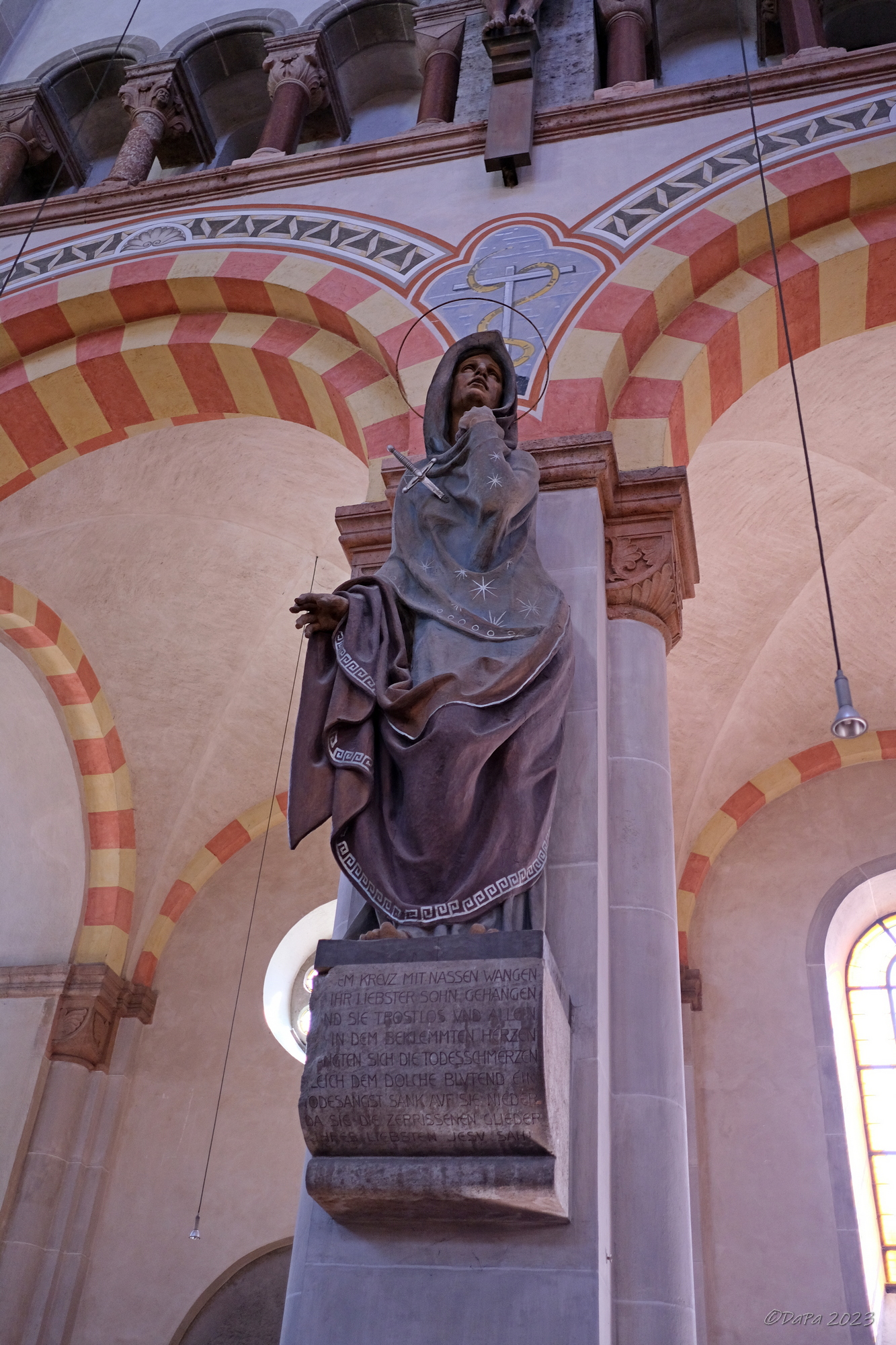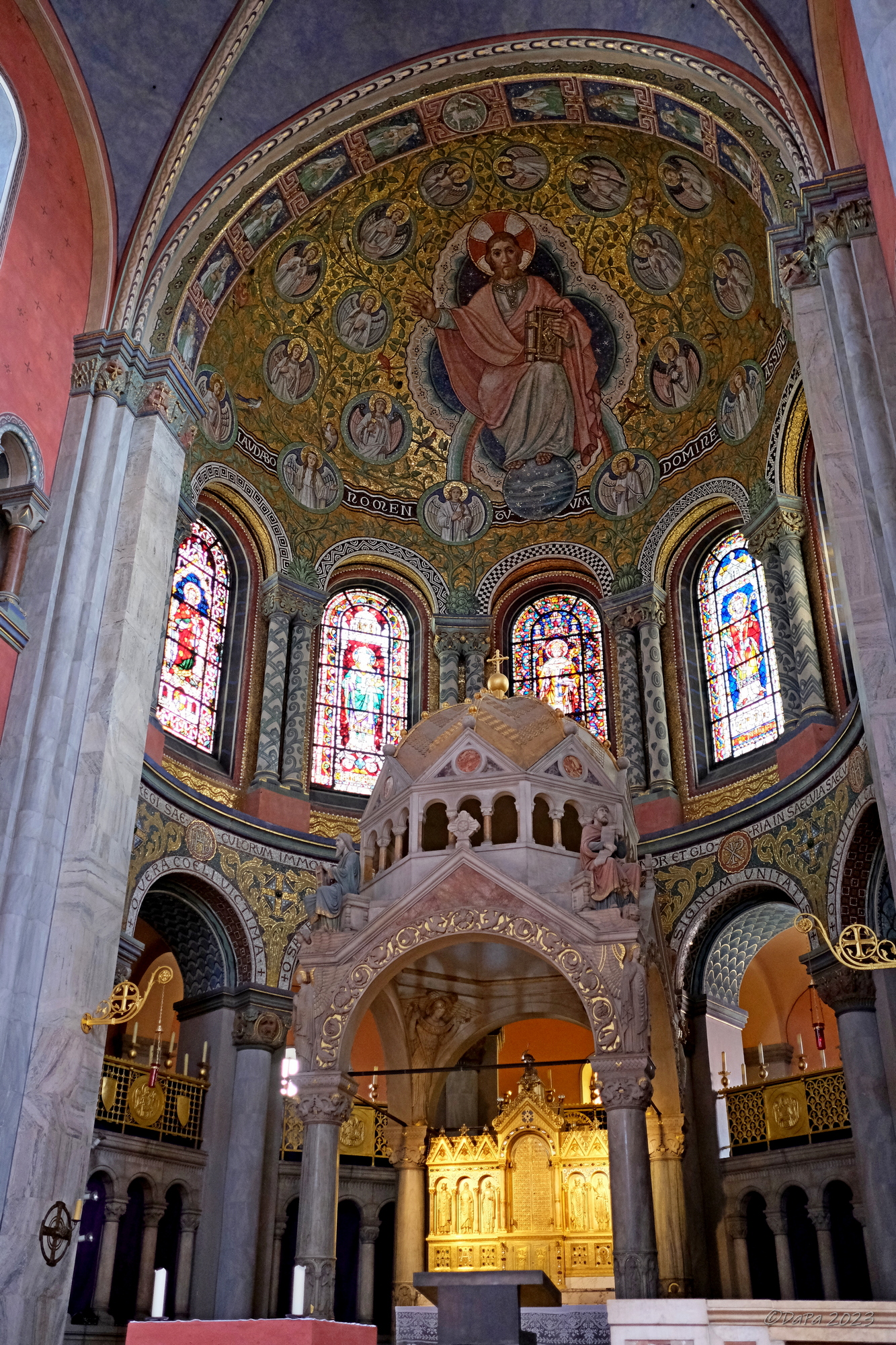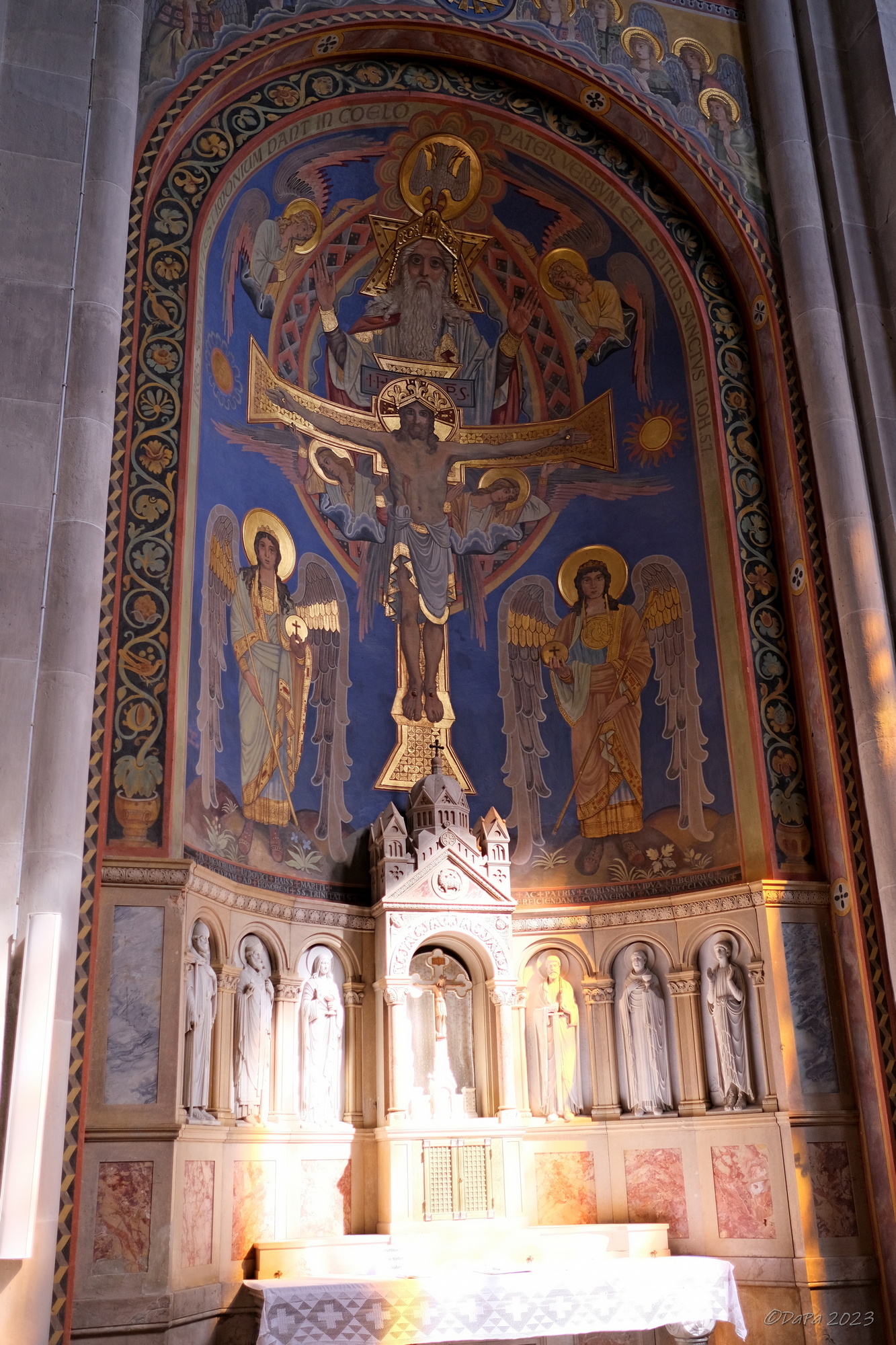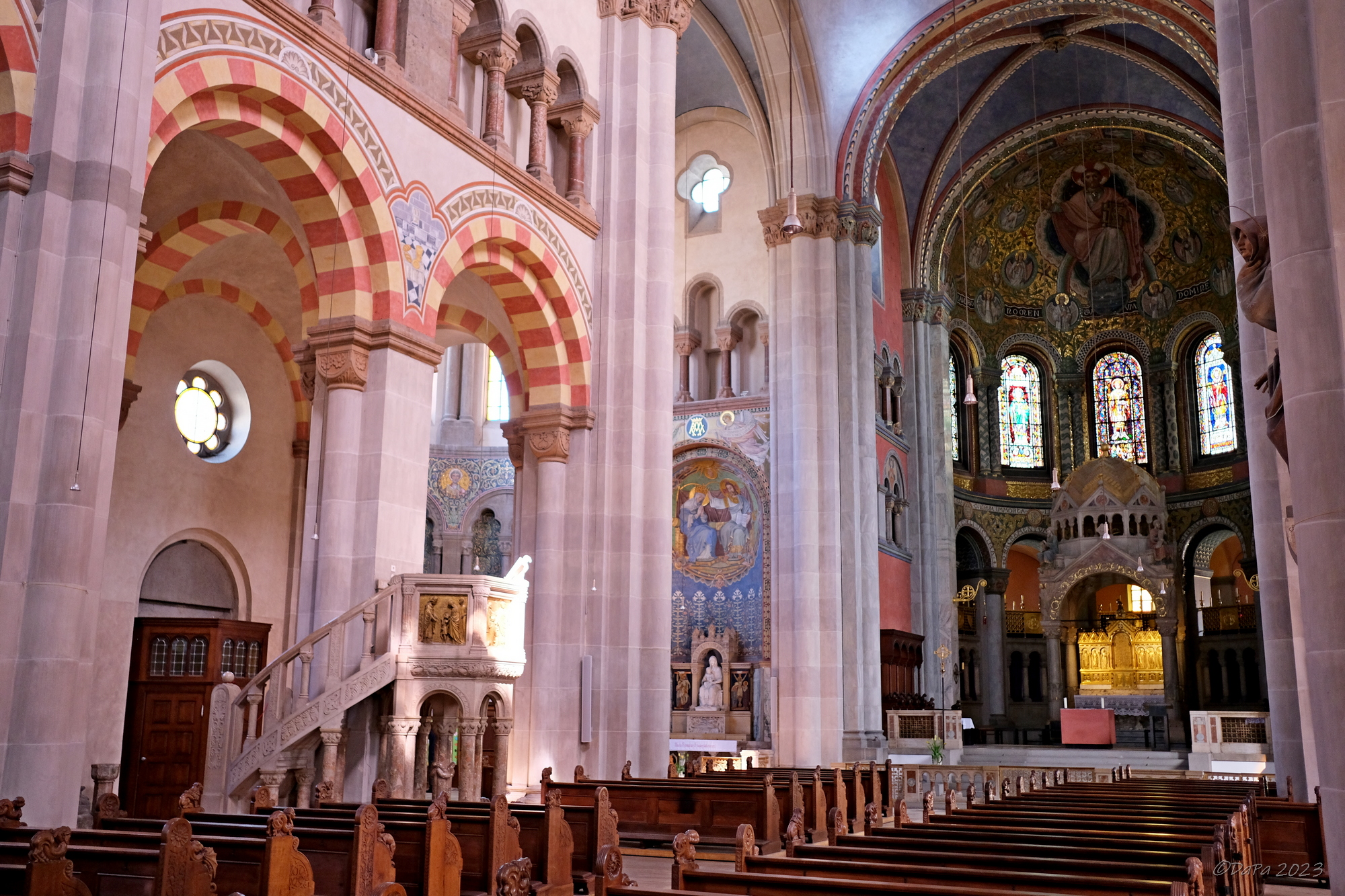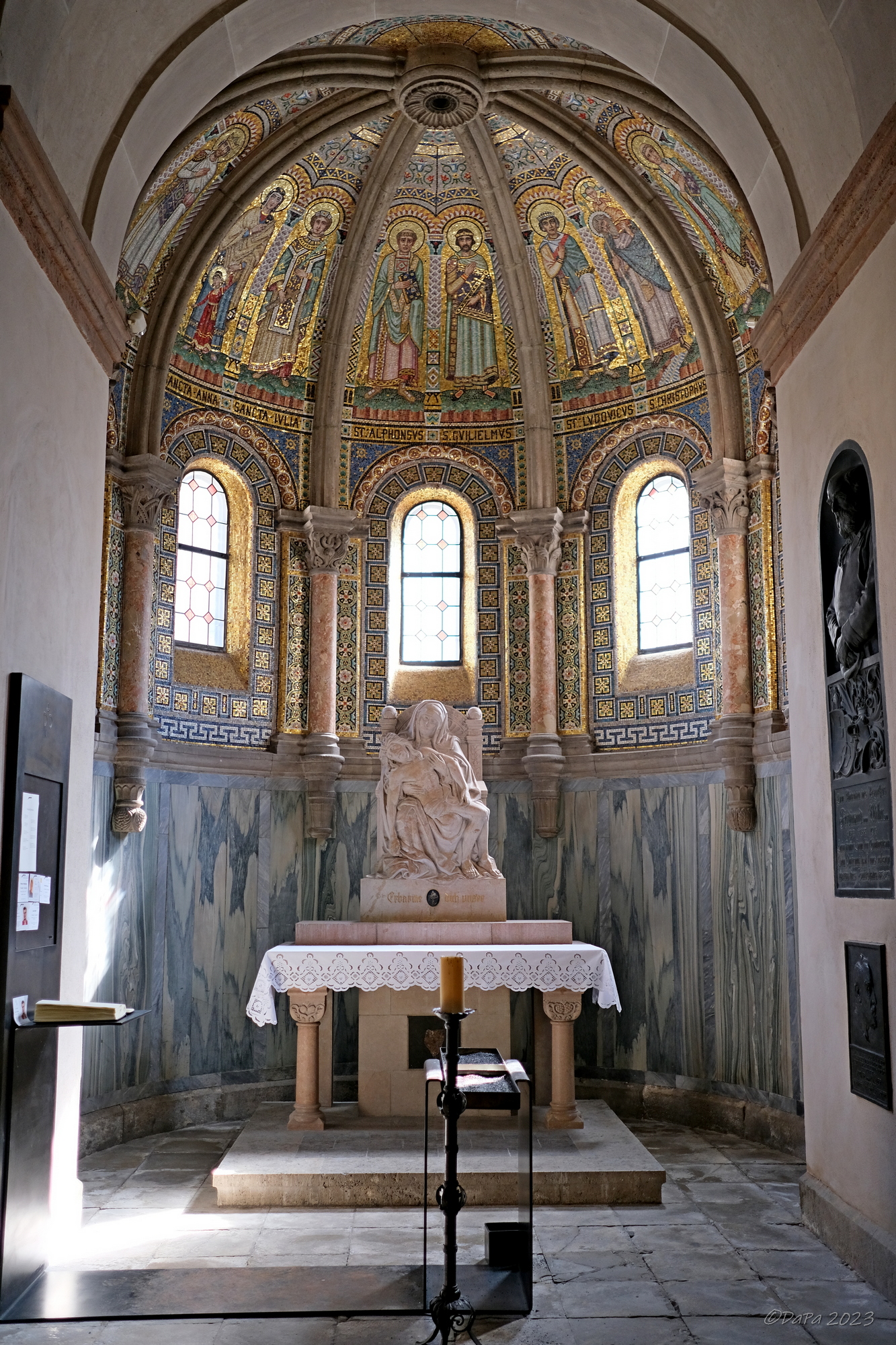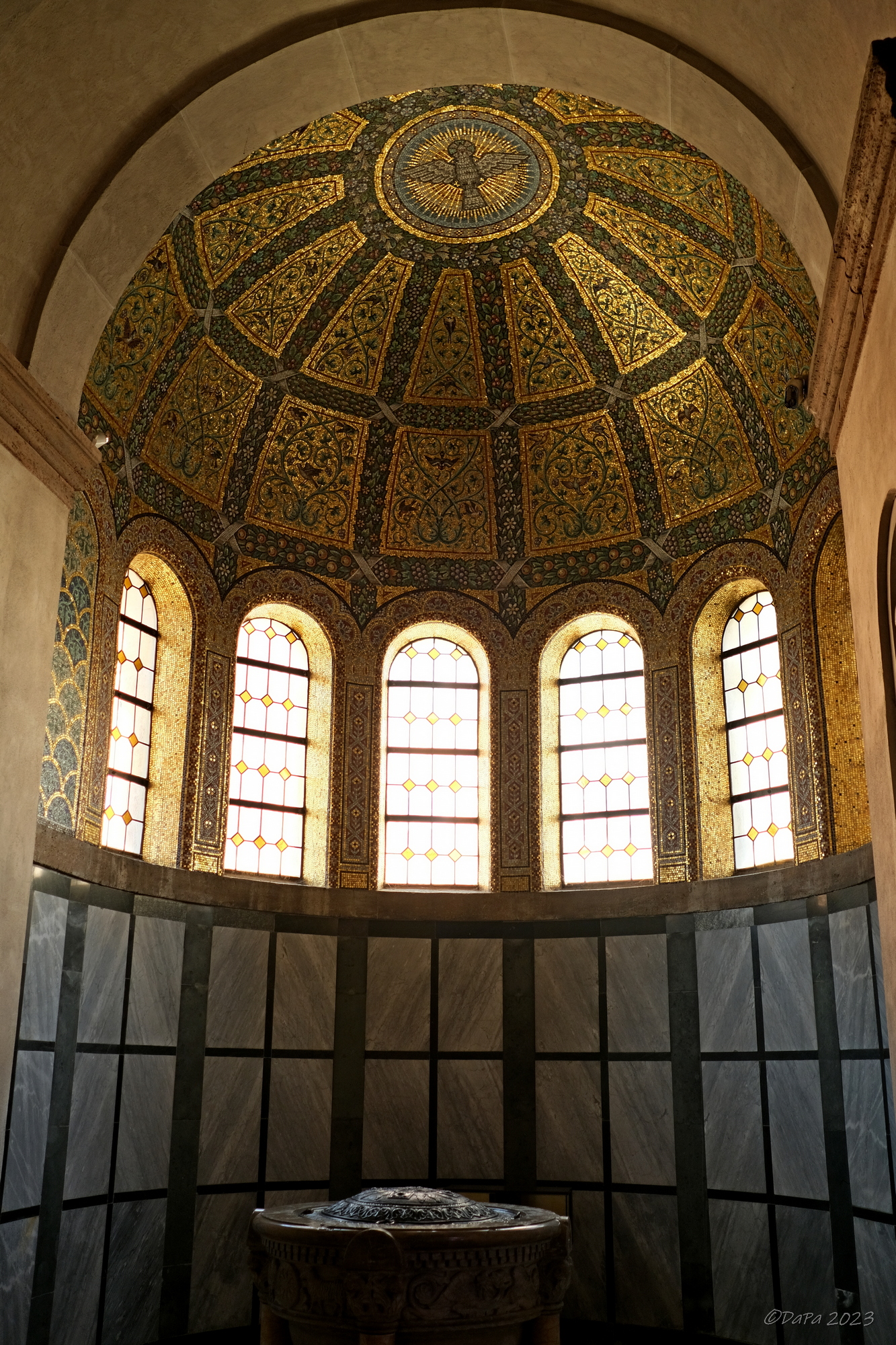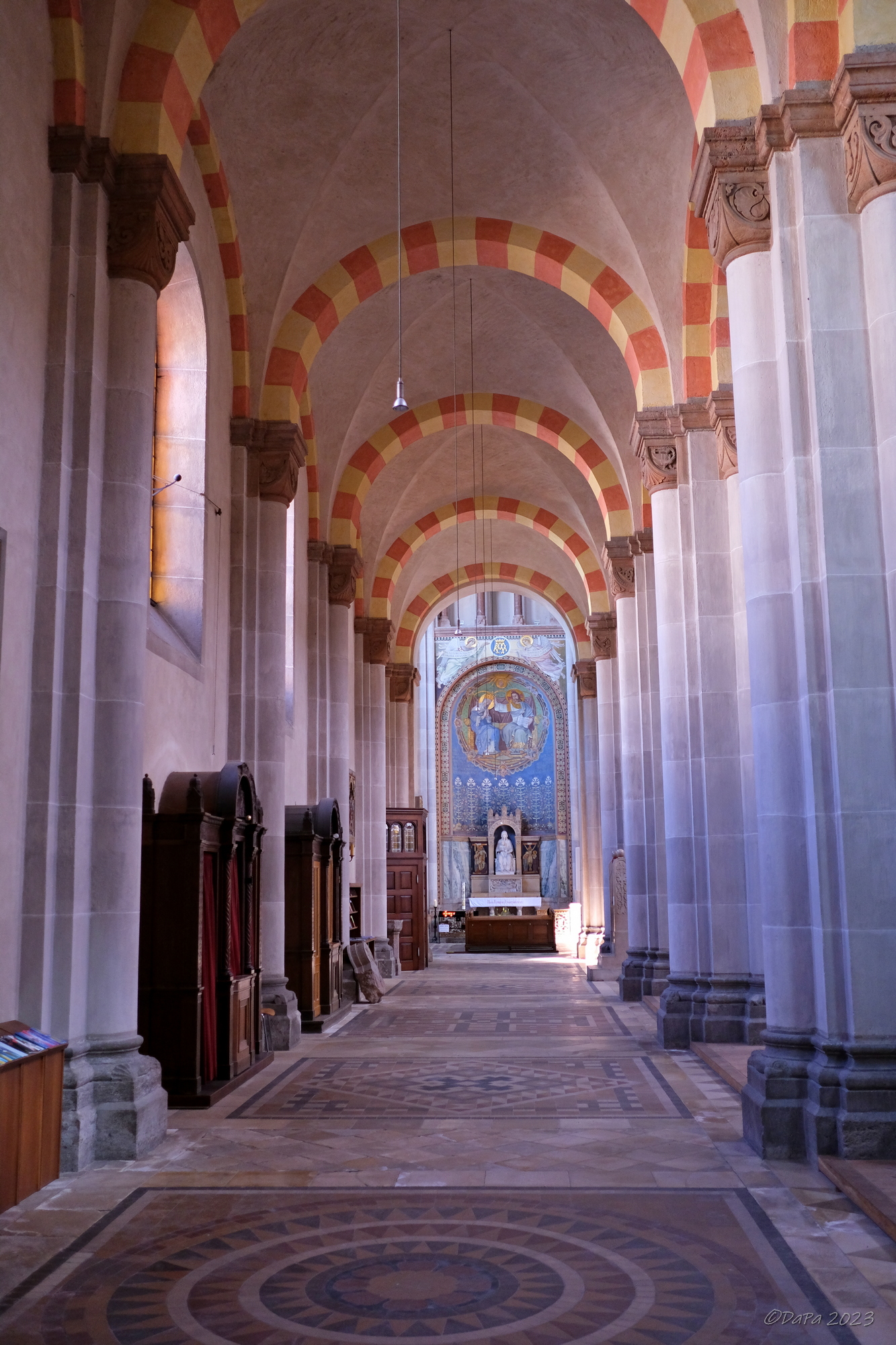I quite like the German Baroque churches, and as we started to create quite a collection of them, they do deserve their own post 🙂
The churches included in this post are some of the most notable ones we found (so far) during our walks through Munich: Theatinerkirche, Asamkirche, Ludwigkirche, St Anna, St Lukas, St Ursula, Frauenkirche, St Maximilian, St Michael, St Joseph and St Benno.
One of my favourite buildings in Munich is Theatinerkirche (Theatine Church). The yellow of its outside looks amazing on sunny clear days. Its interior is relatively simple as it’s white but still very intricate. The church was built between 1663 to 1690 to celebrate the birth of the Prince Max Emanuel in 1662. The church is built in an Italian late Baroque style inspired by the Sant’Andrea della Valle church in Rome.


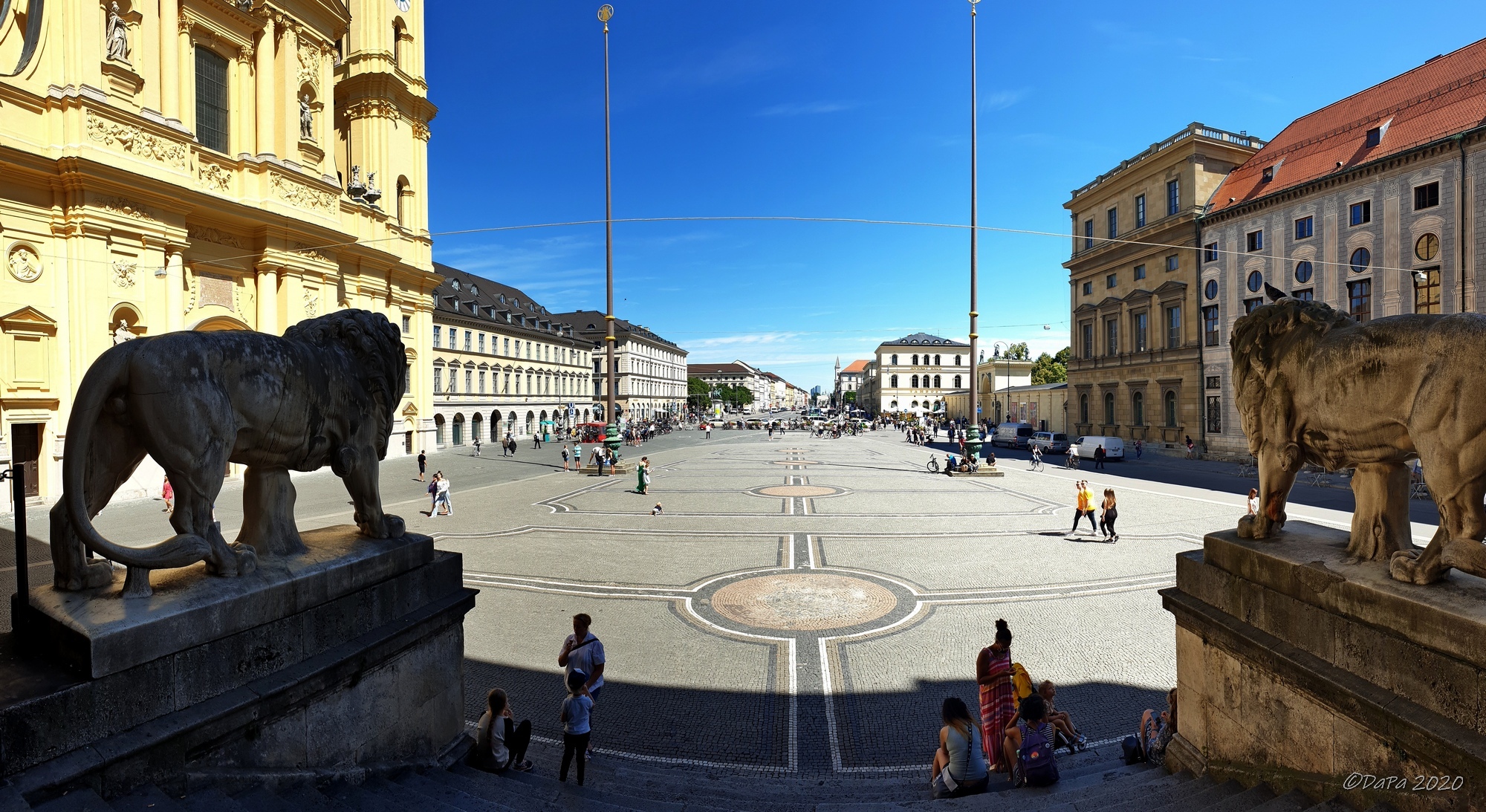



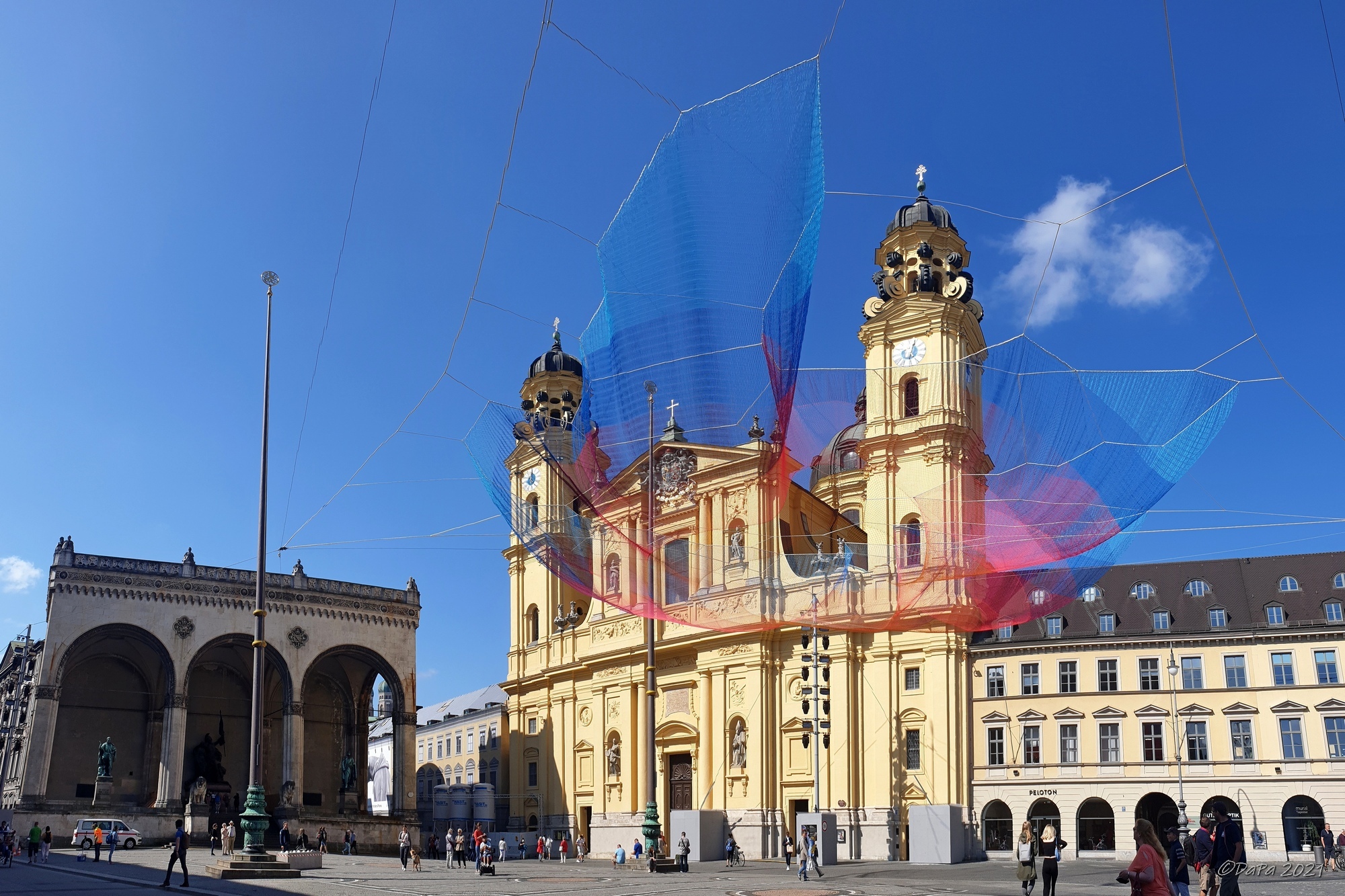





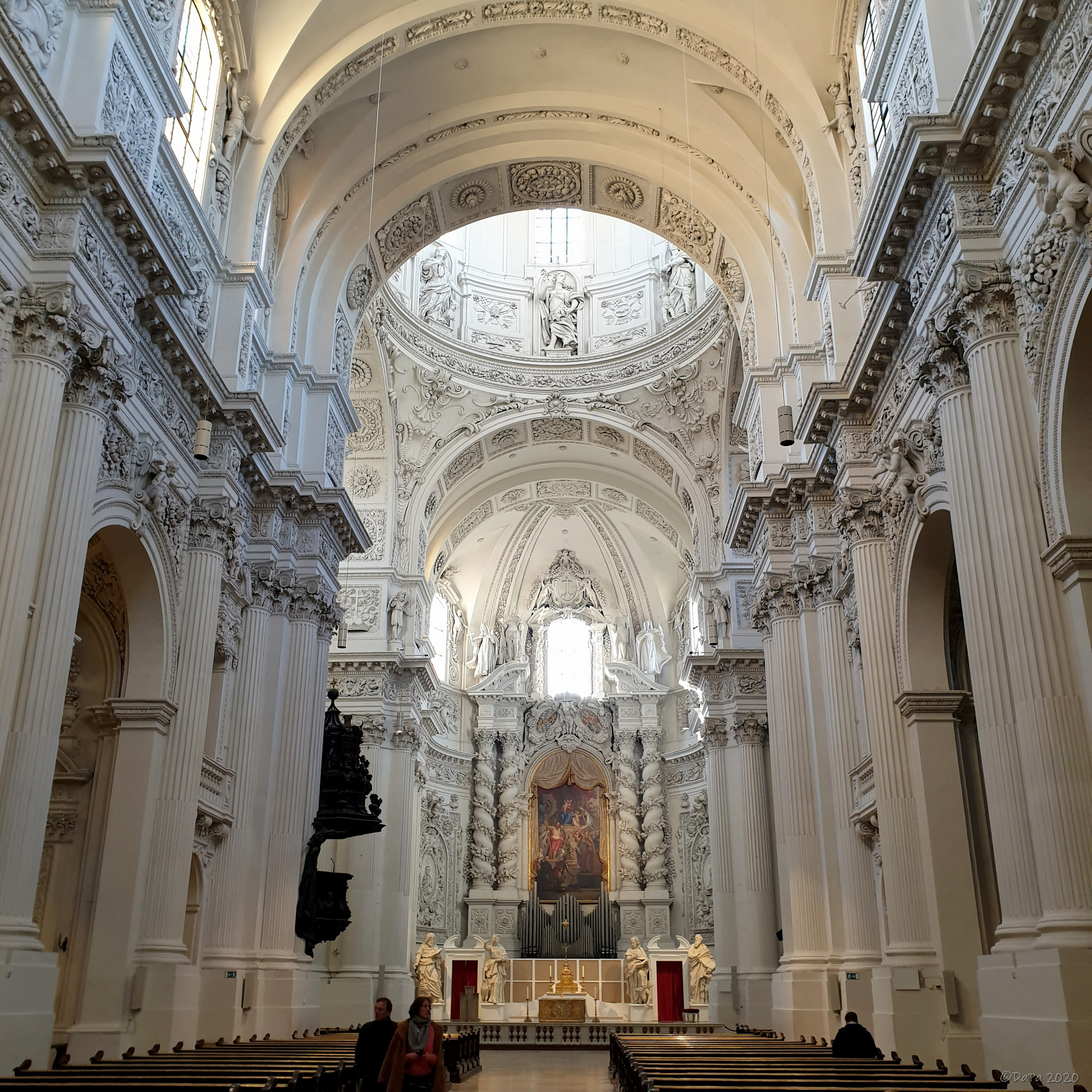

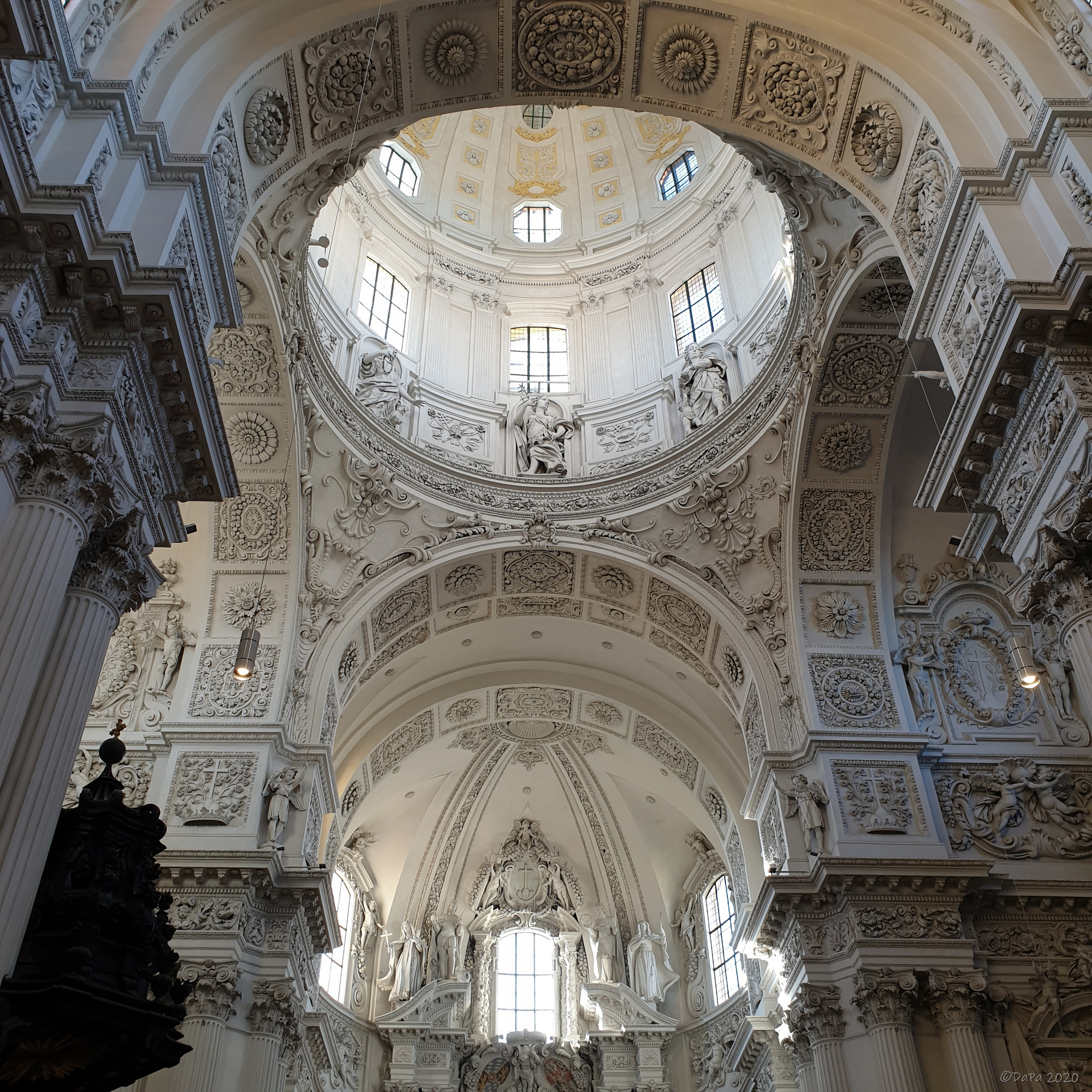
















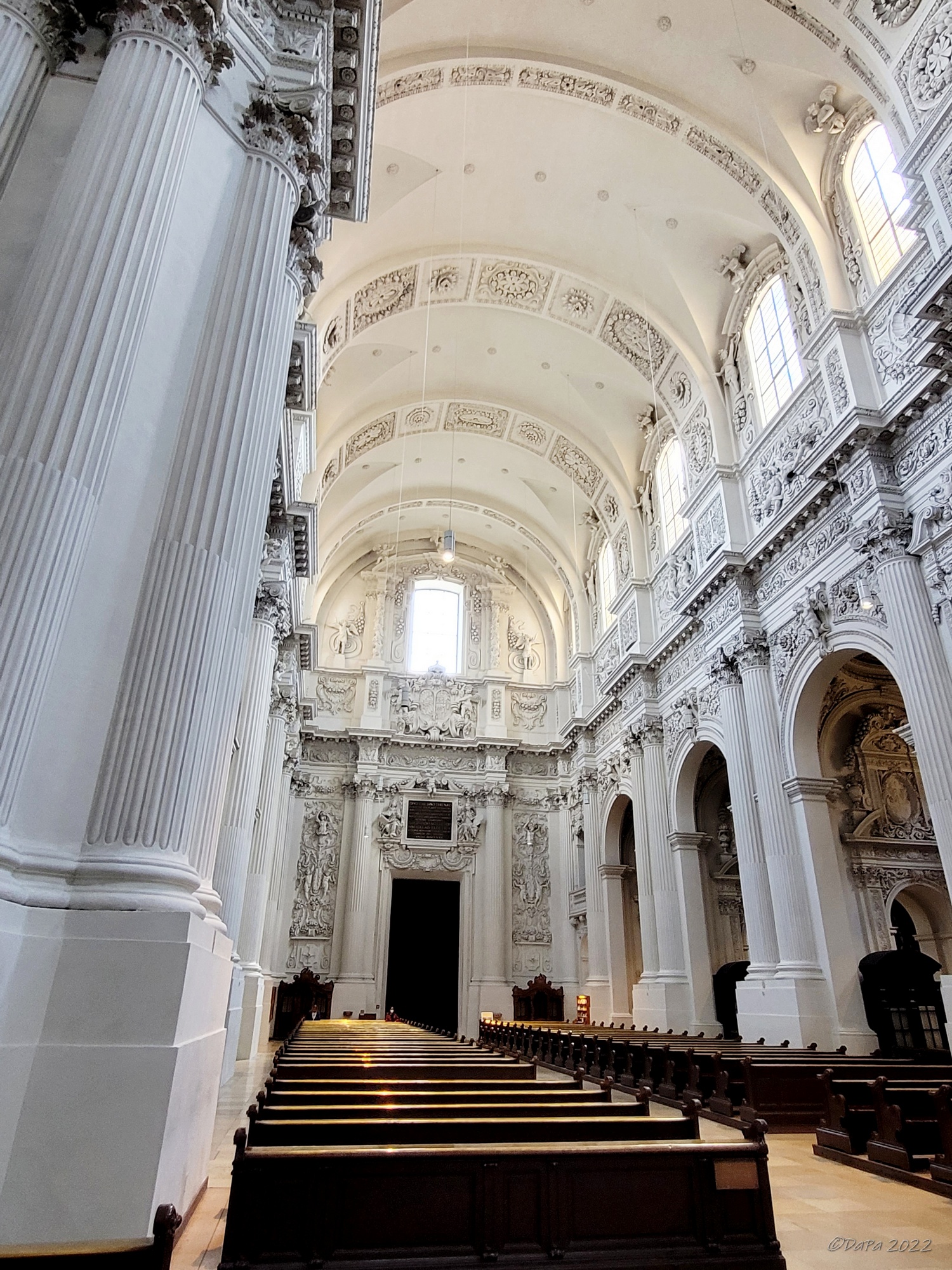
The Asamkirche is more of a chapel, created by the Asam brothers, some of the main representatives of the German Baroque Rococo style. The church was built between 1733 and 1746. I find the place quite over-the-top but it showcases their idea of Religious Theatre. The church is attached to the house where one of the Asam brothers, Egid Quirin Asam, used to live.



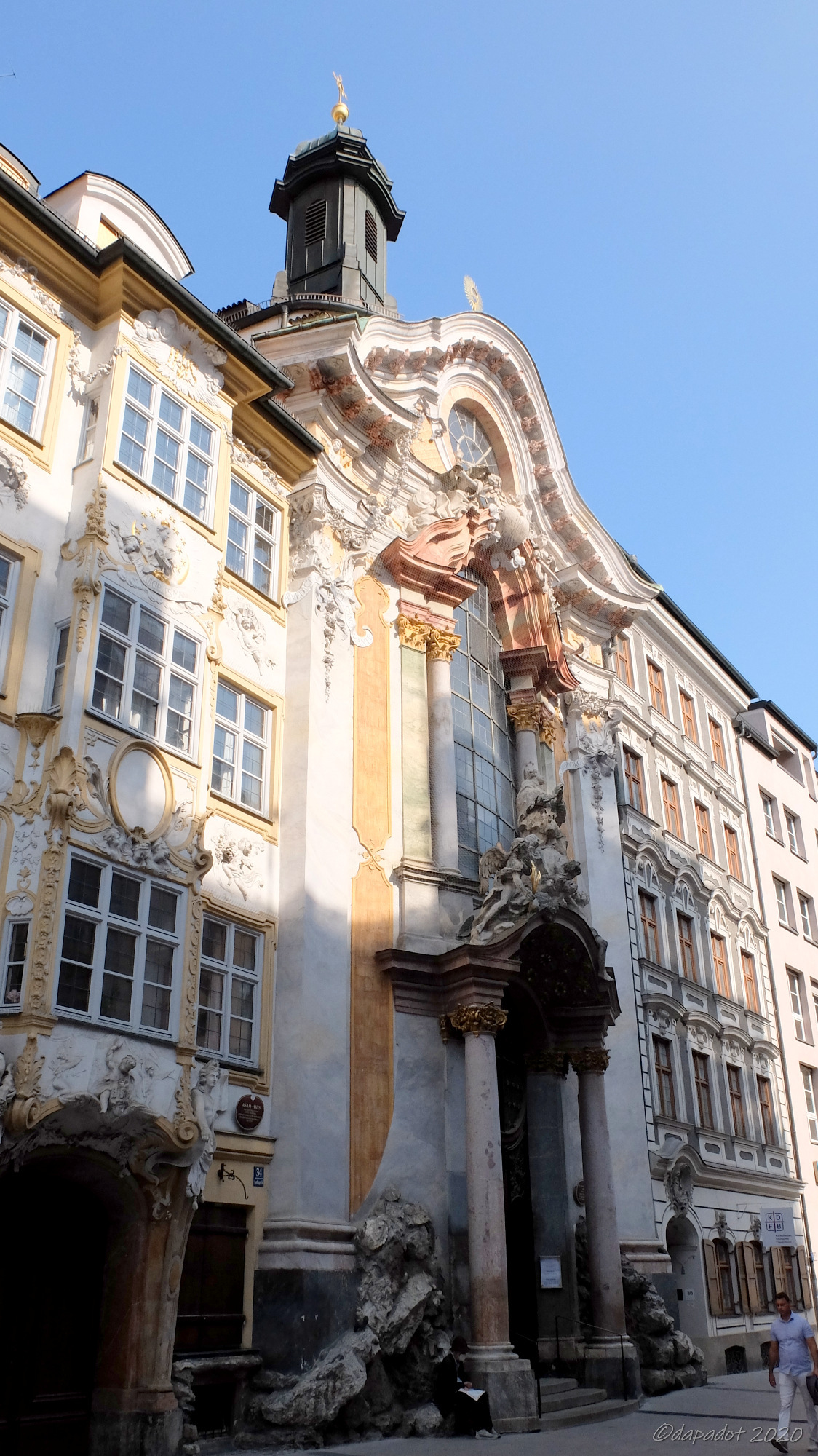

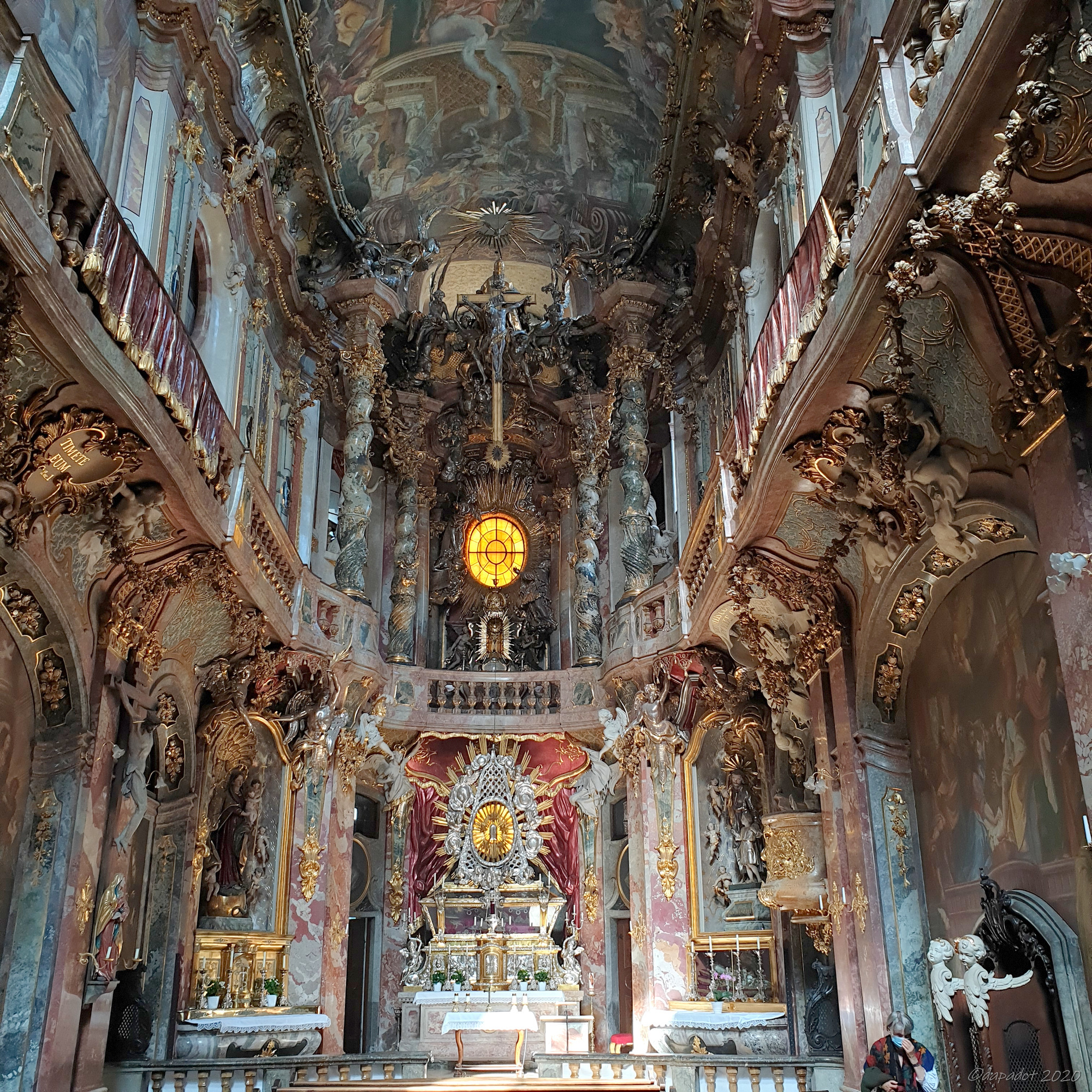












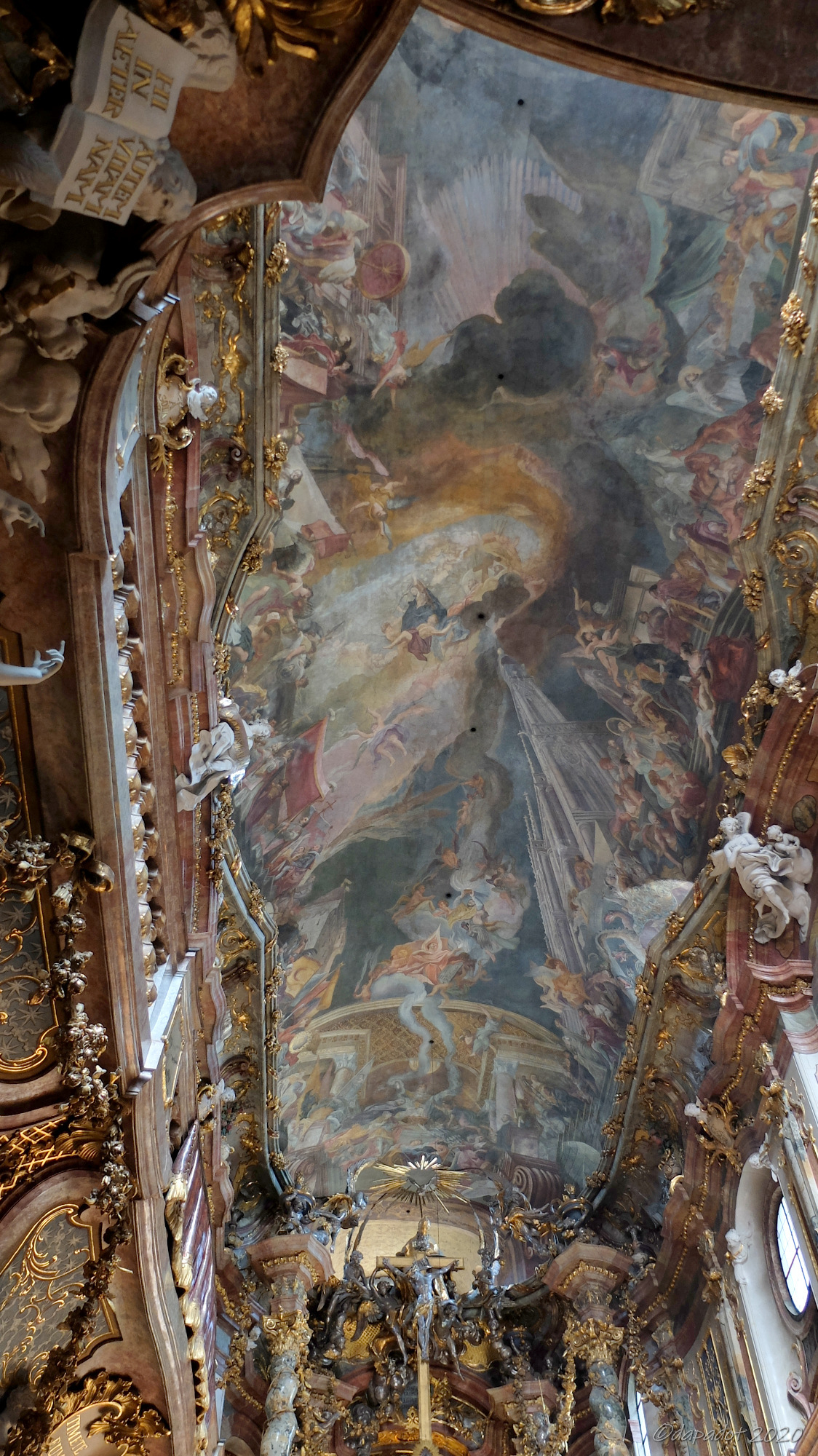
























Another remarkable church is Ludwigskirche, in Maxvorstadt. Its double towers can be seen from the English Garden. It was built in new-romanesque style by Friedrich von Gärtner from 1829 to 1844. It has a beautiful blue ceiling and the second largest altar fresco in the world. The mosaic roof is also very impressive. It was actually done very recently, between 2007-2009, based on original designs by Gärtner.







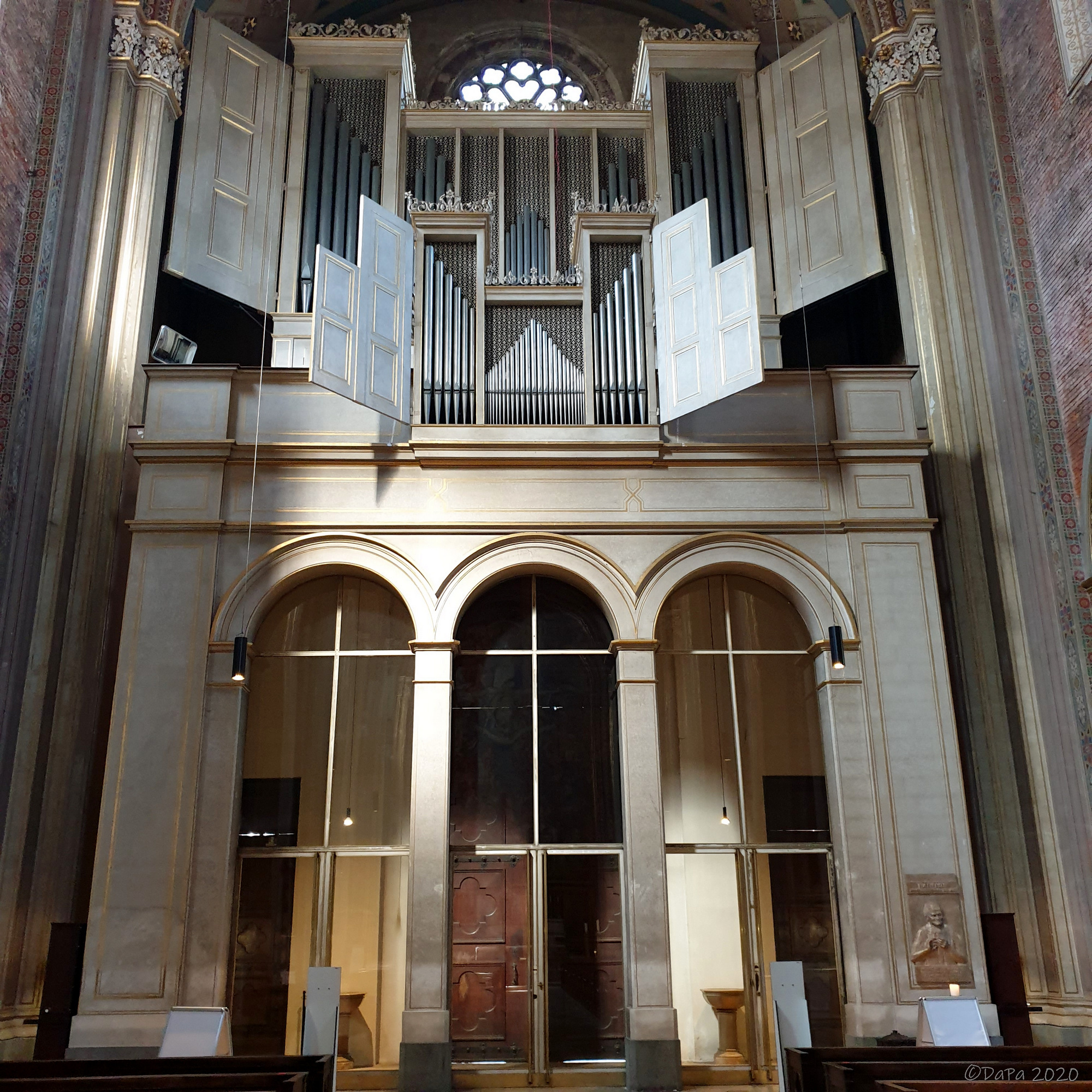







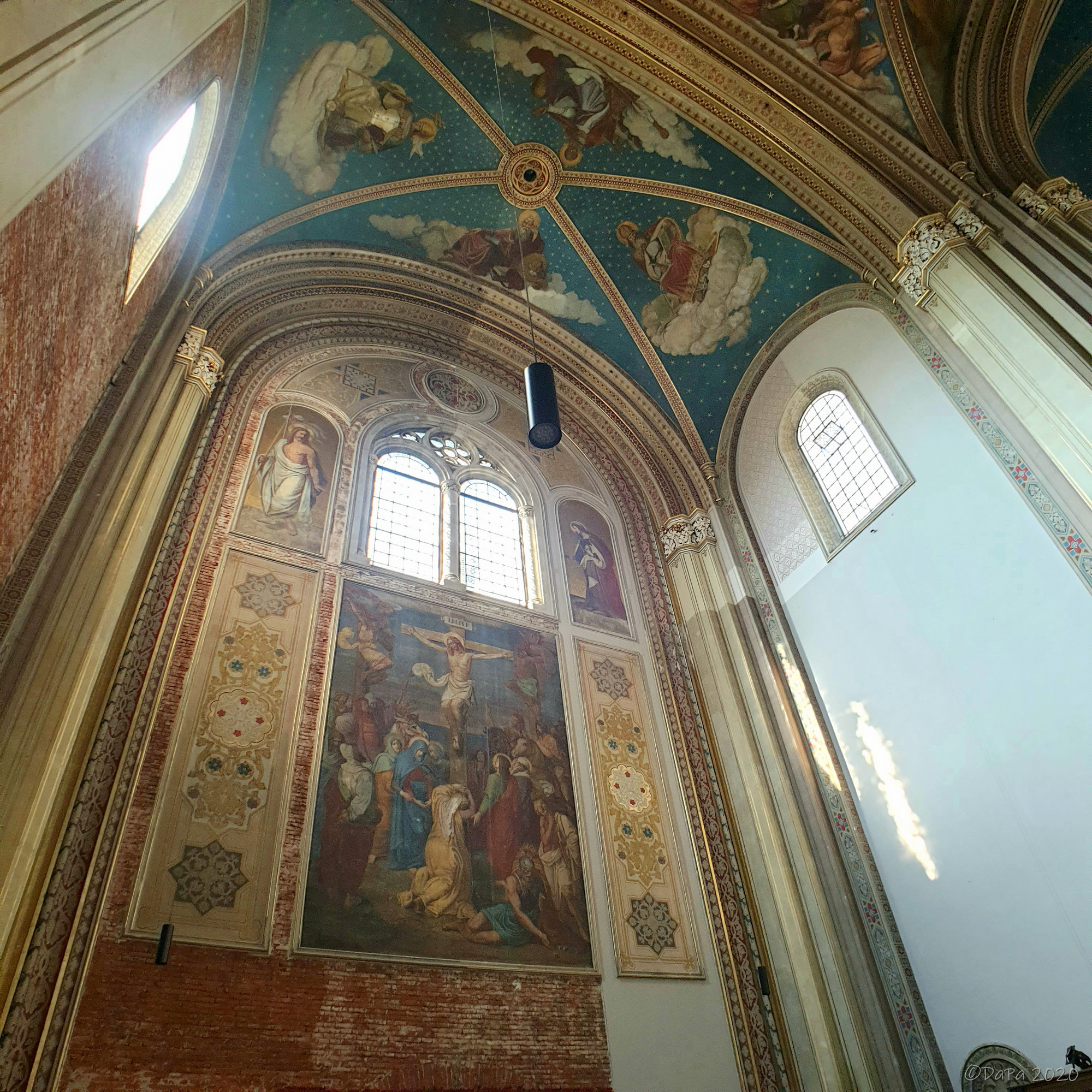











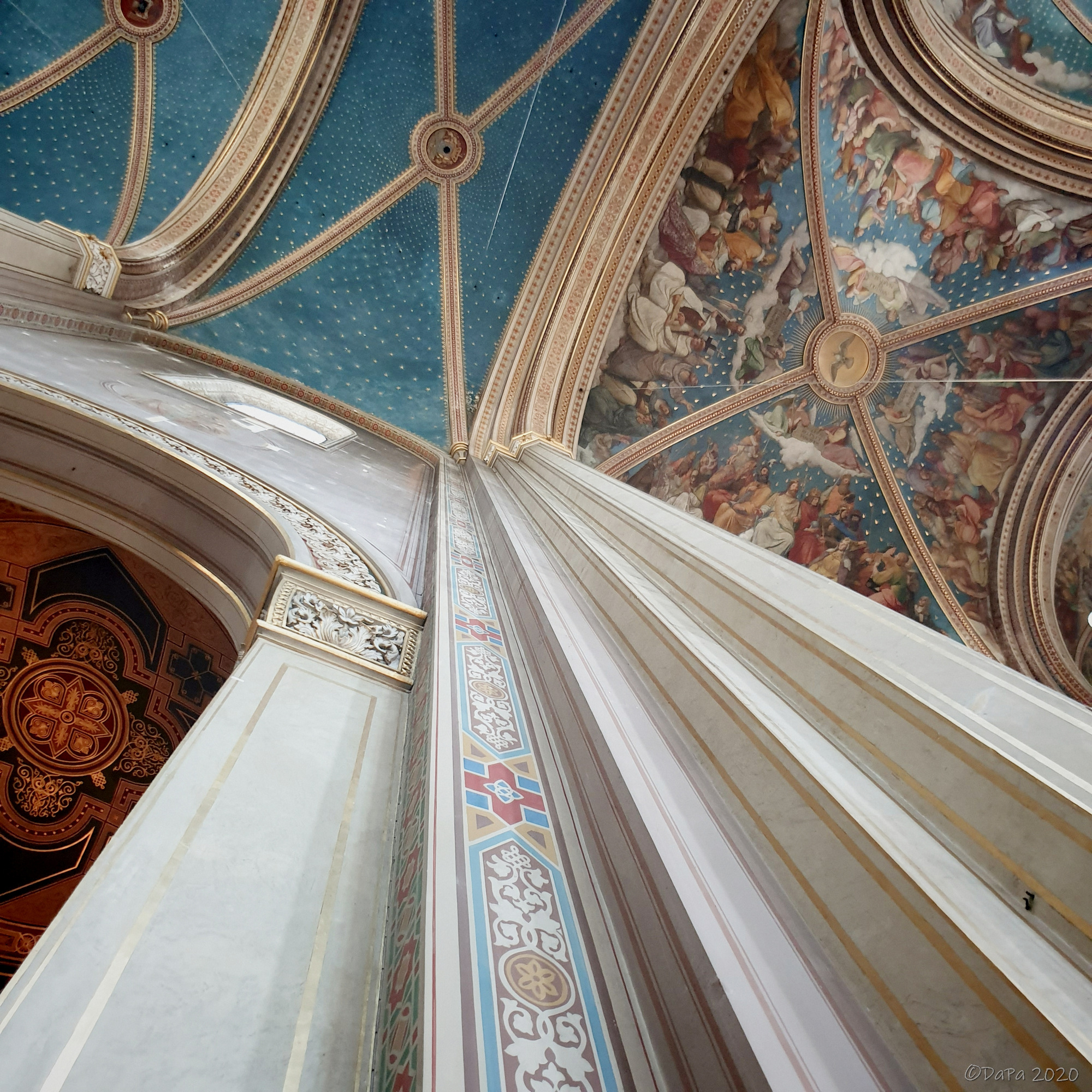





St Anna is a church in Lehel. It looks quite imposing from the outside and it also has a lovely square around it, with a community feeling. The church is Roman-Catholic and it was built between 1887-1892 by Gabriel von Seidl. The monastery was founded in 1725 and its church in 1737 (first rococo church in Old Bavaria, architect Joh. Michael Fisher and furnishings by Asam brothers and Joh. Baptist Straub). The monastery church was destroyed in 1944 and reconstructed in 1979.


















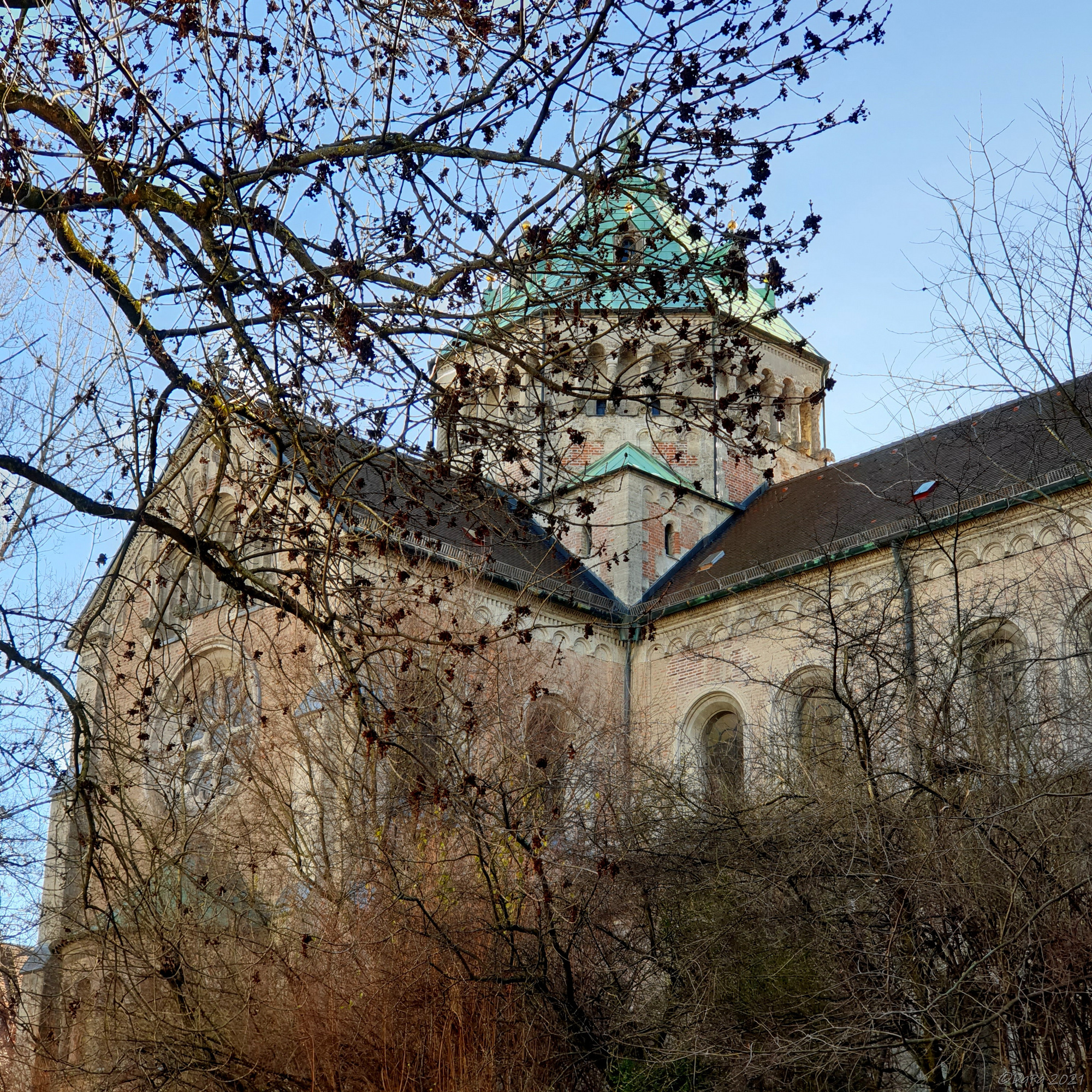








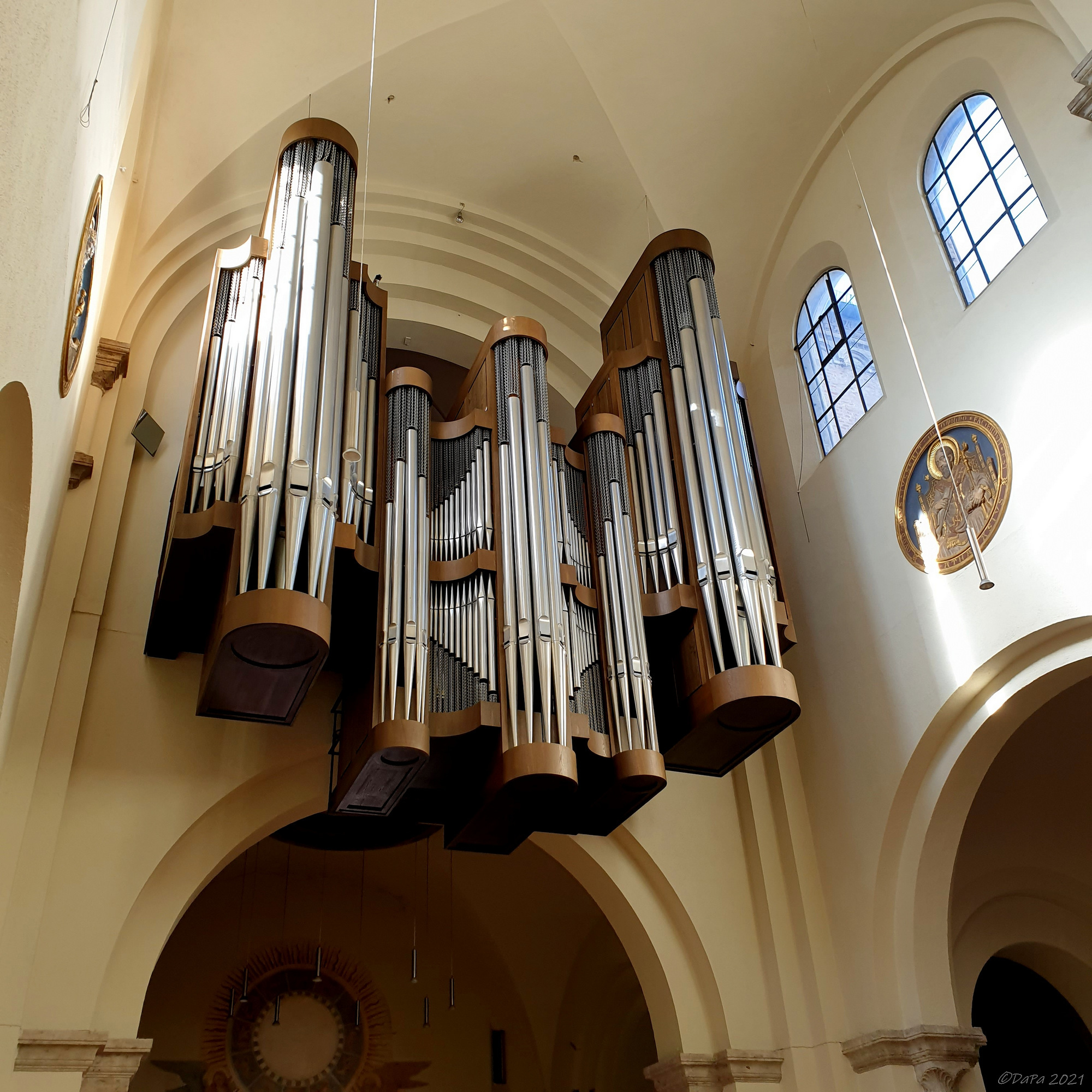



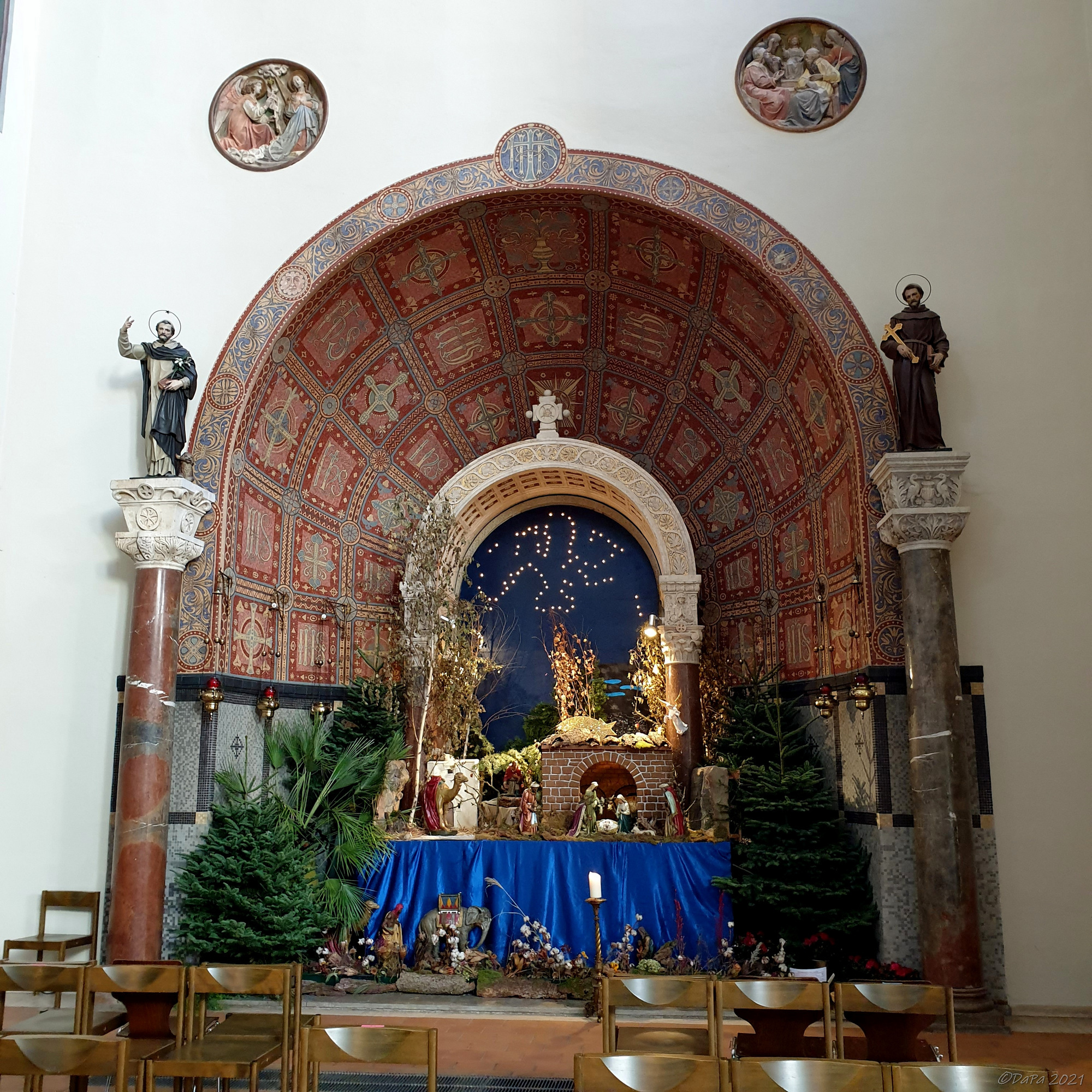


















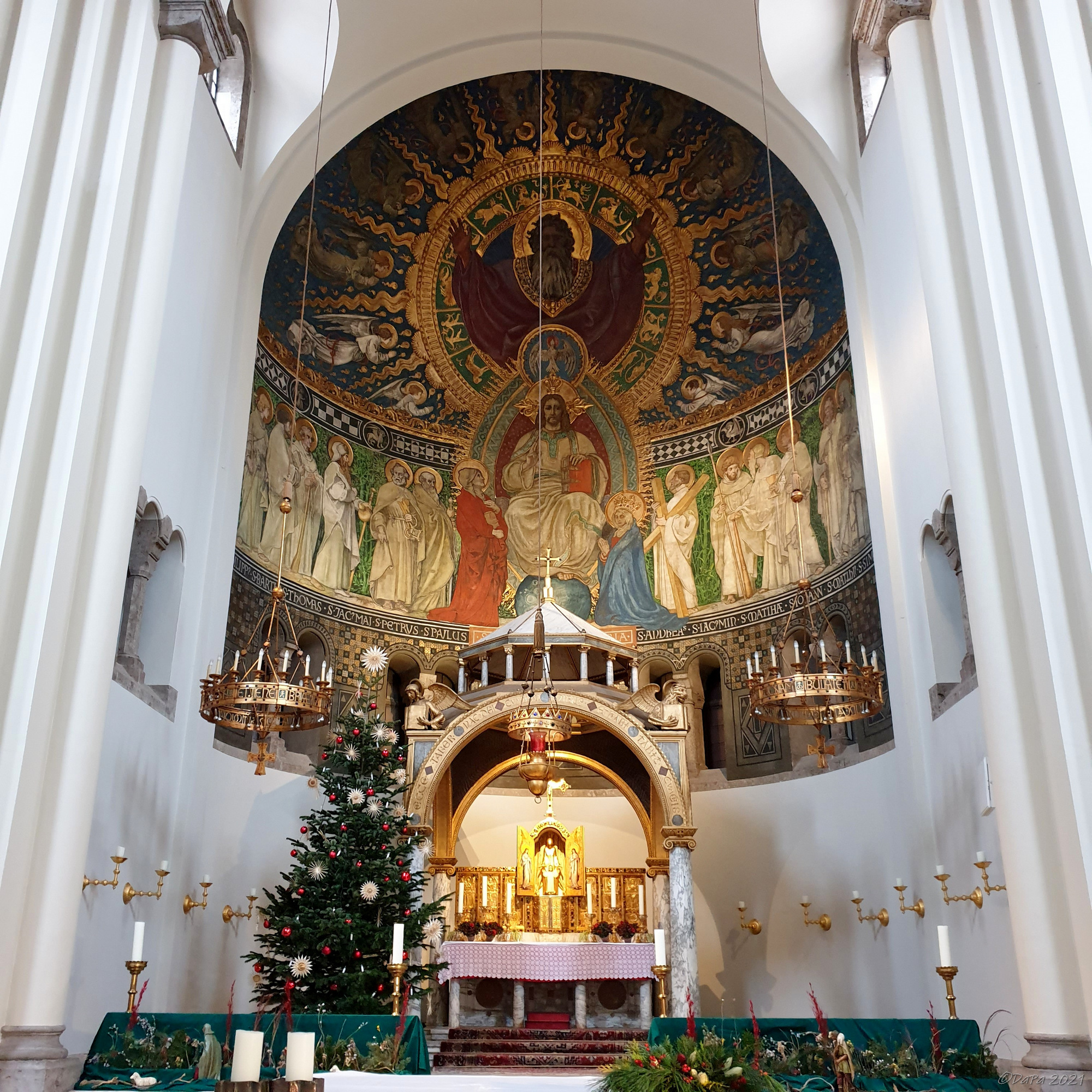

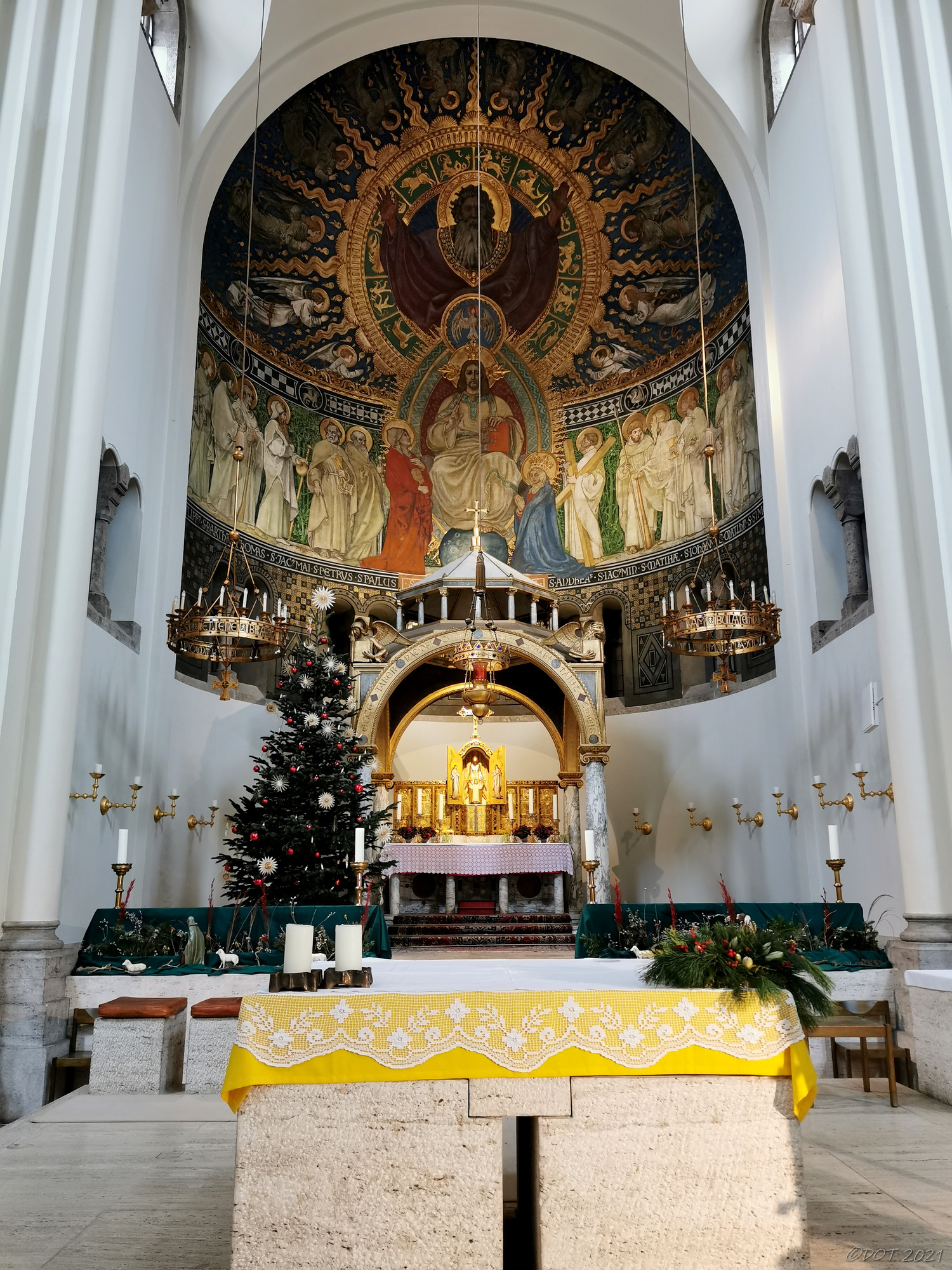












St Lukas is a Protestant church, right near Isar in Lehel district. It looks very big an imposing from the outside but it seems smaller when you get inside because of its balcony area. It was designed by Albert Schmidt and built between 1893 and 1896.

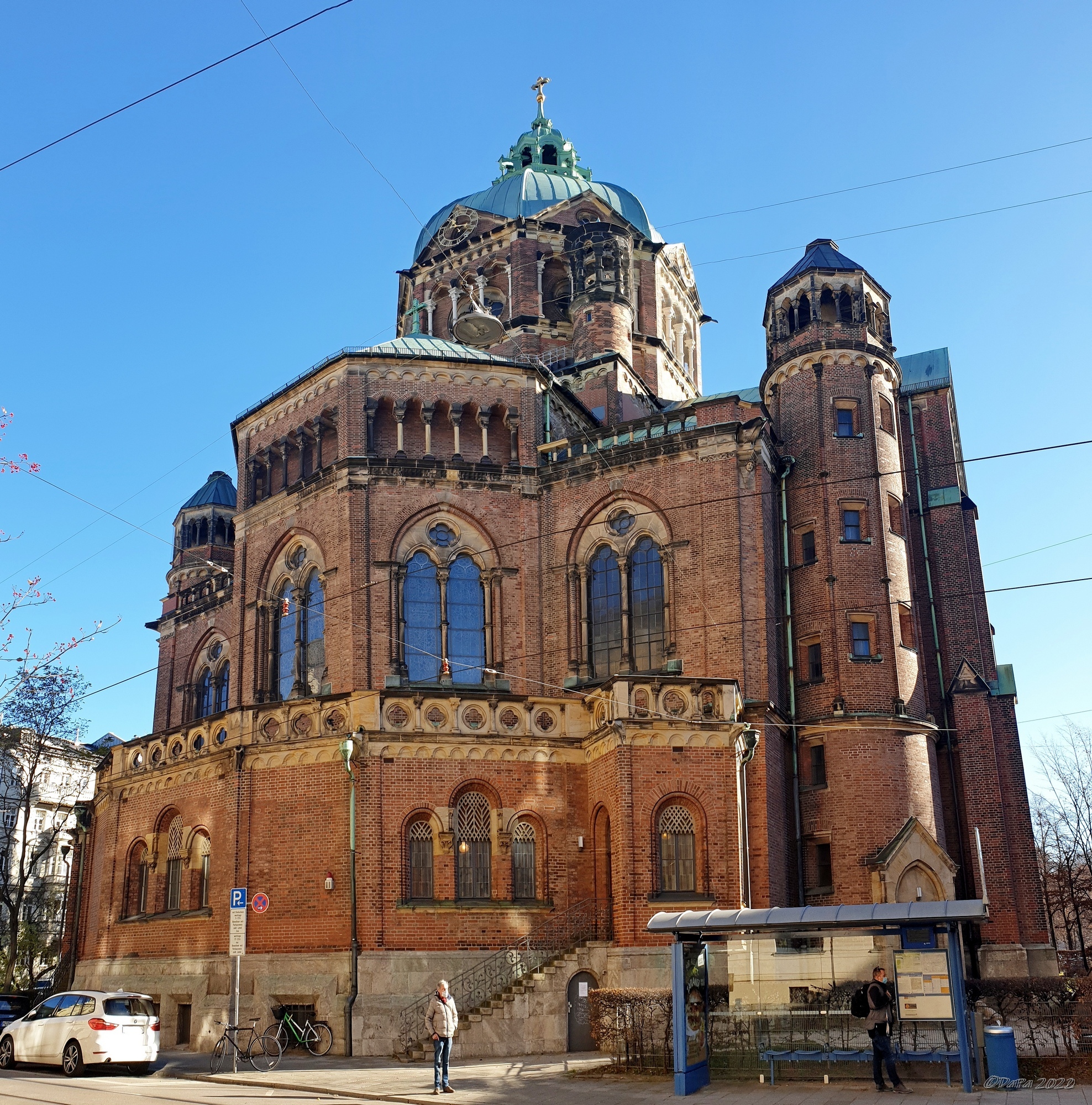


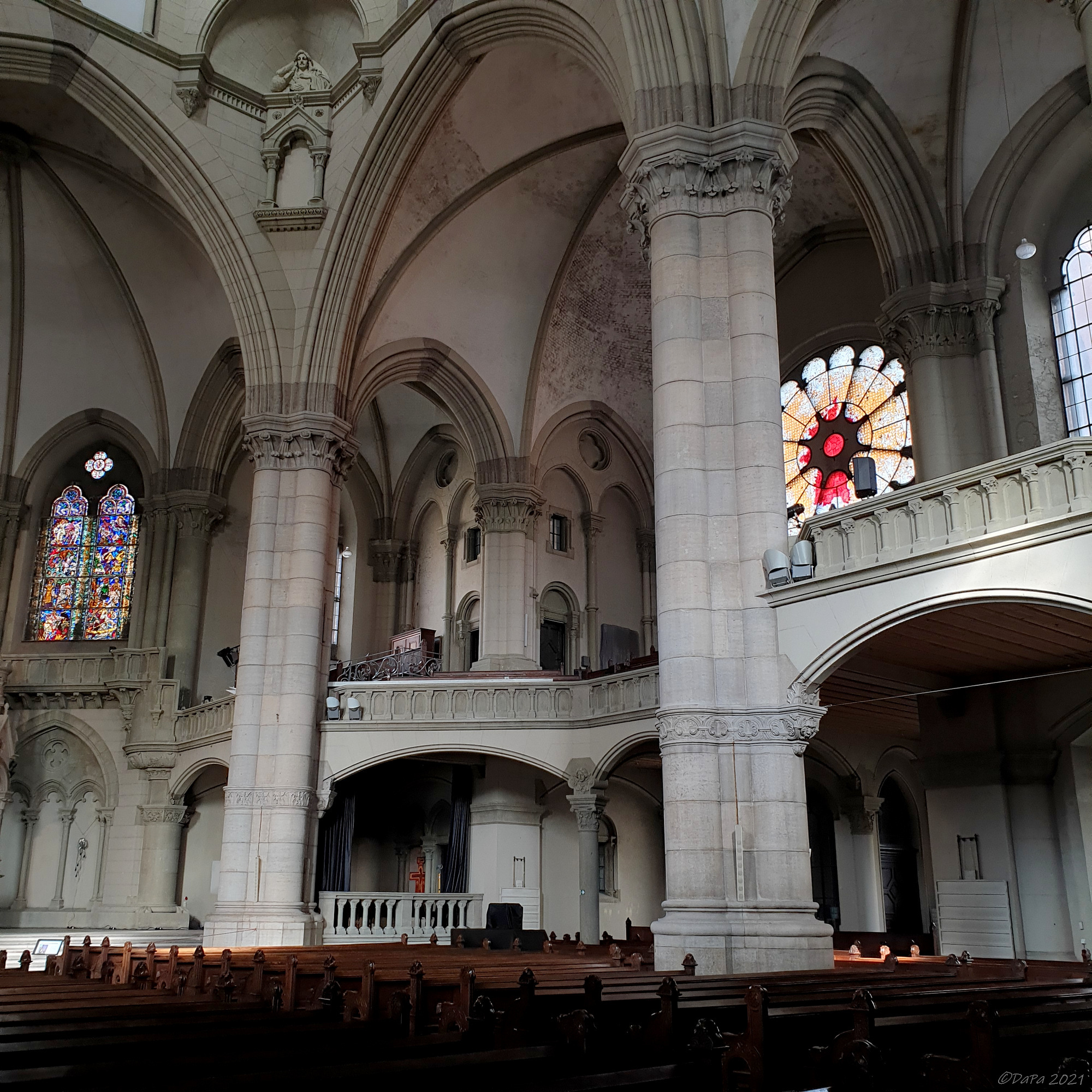
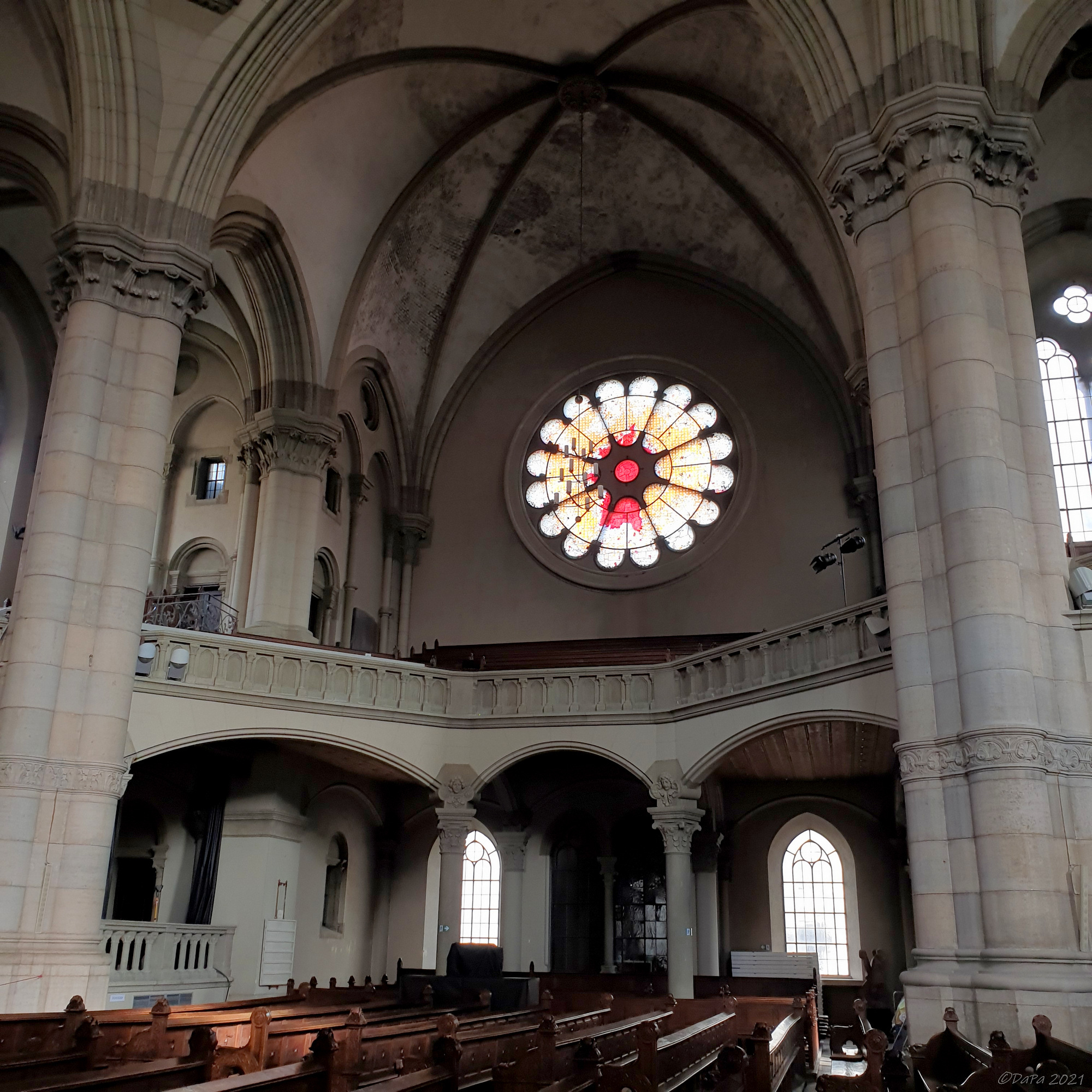






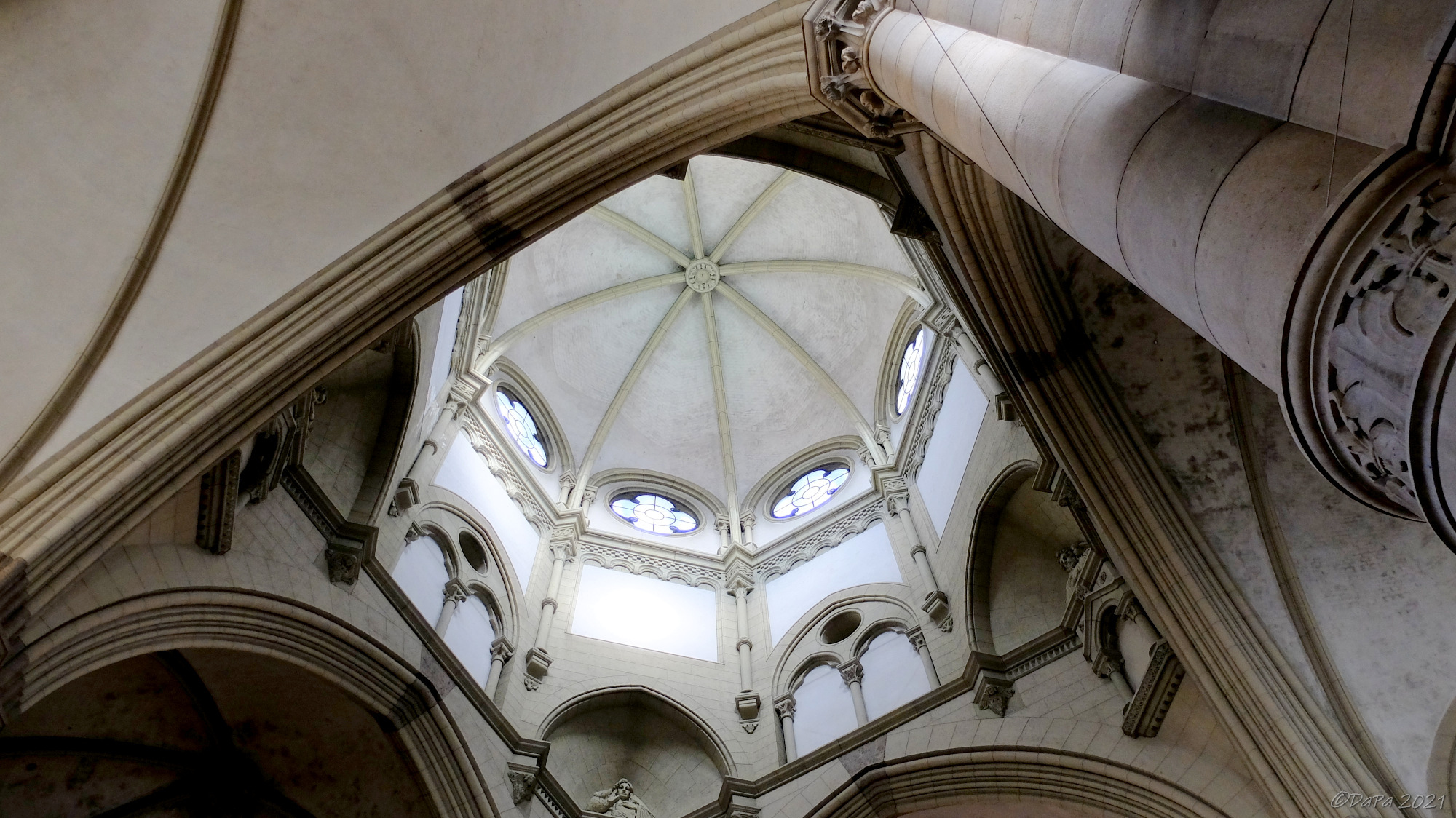











St Ursula Catholic church is situated in Schwabing-Freimann, built by August Thiersch in the 19th century, between 1894 and 1897, on the site of another church that became too small for the growing Schwabing community. The architecture is based on Florentine Renaissance style.















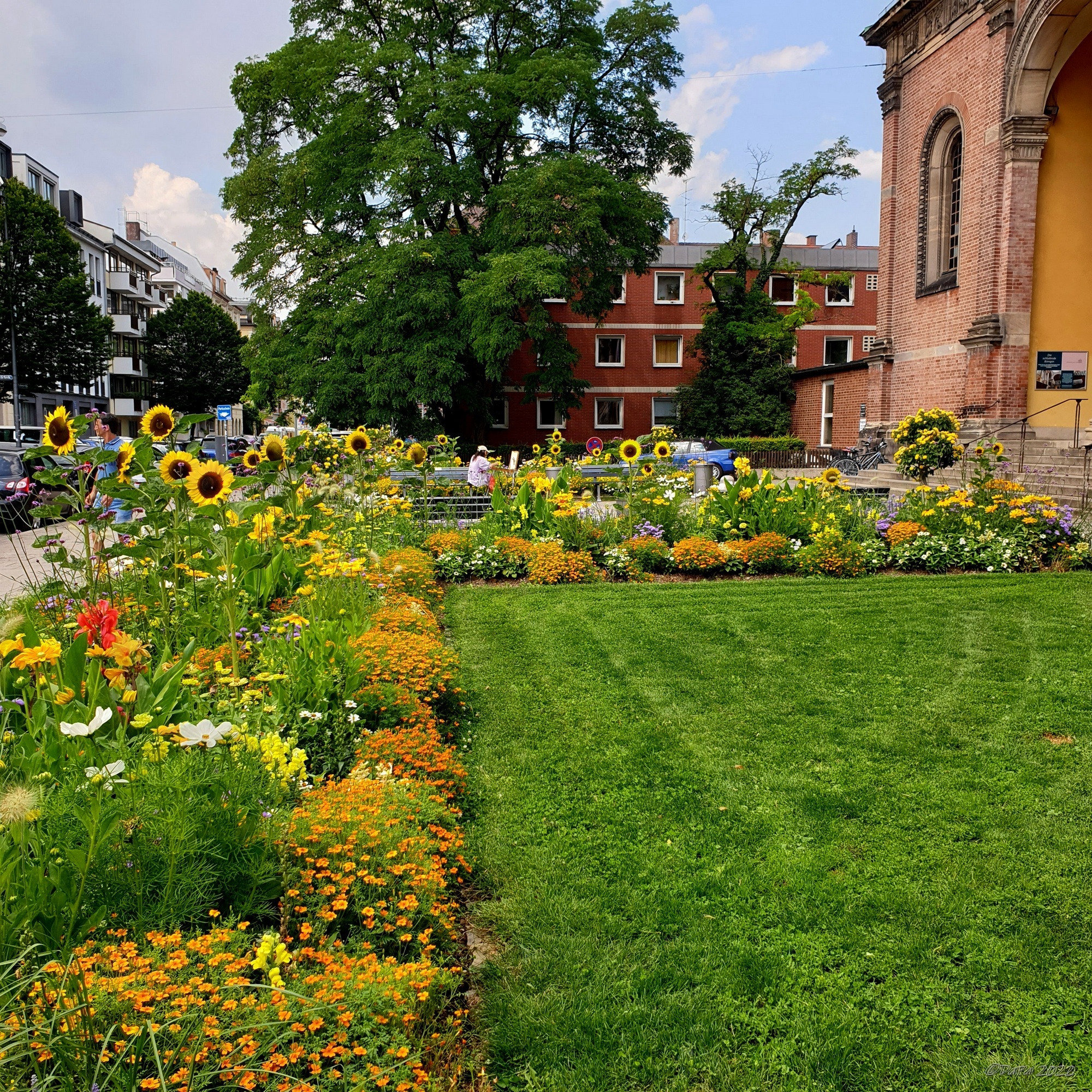


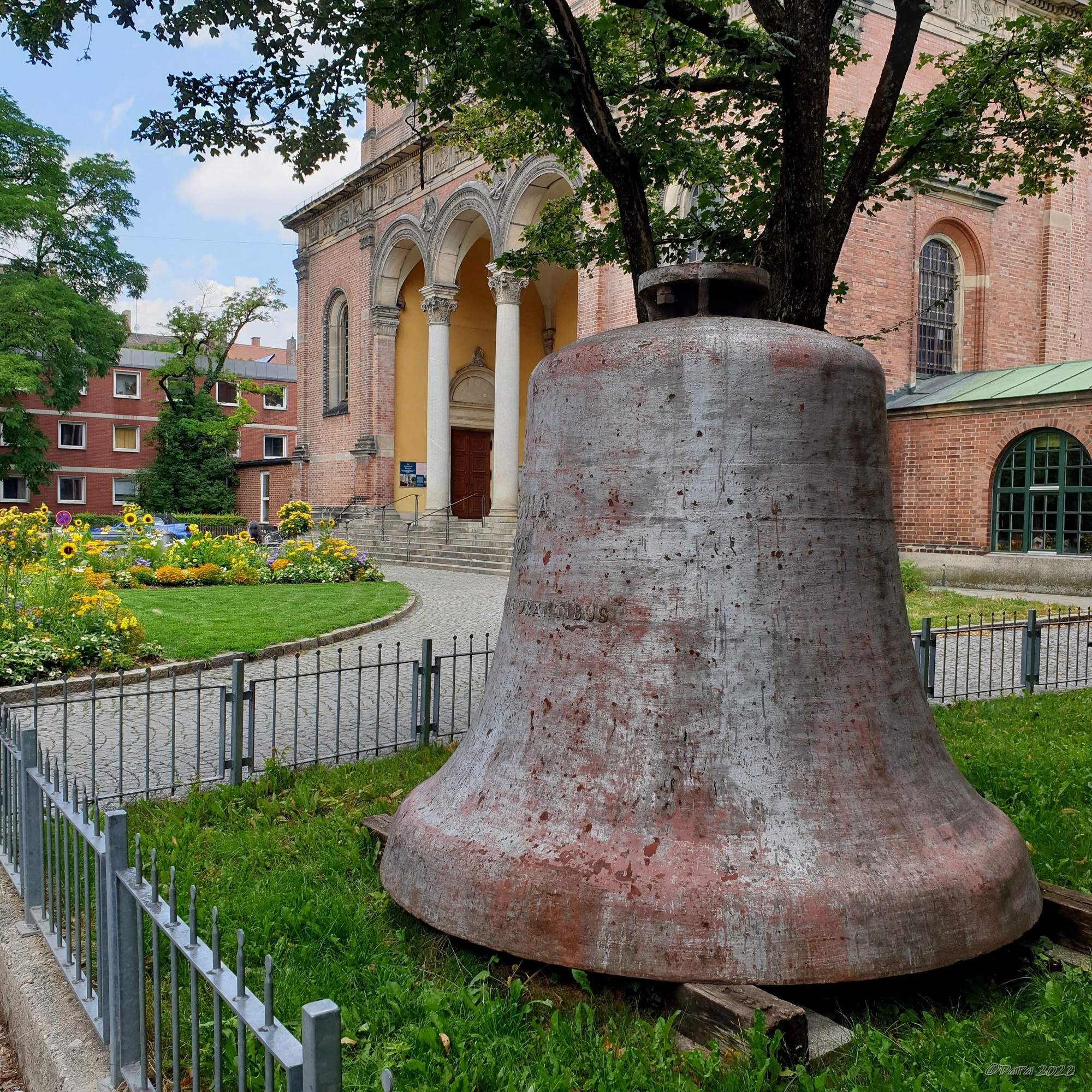



Frauenkirche is a symbol of Munich, with its two tall towers being visible from various locations around Munich. Though it’s called a ‘kirche’ it’s actually a cathedral as it is the seat of the Archbishop of Munich and Freising. The current church dates from the 15th century (consecrated in 1494) and it was built to replace another church built in the 12th century. The two towers, completed in 1525, are about 98 meters high. The very recognizable design of the towers was inspired by the Dome of the Rock in Jerusalem. The church suffered serious damage during the WWII and the renovations took till 1994.










St Maximilian church, found on the Isar, is a Catholic parish church for Isarvorstadt quarter, built from 1892 to 1908. Built in Neo-Romanesque style based on a design by Heinrich von Schmidt, it is quite impressive in size, though mostly hidden by trees.
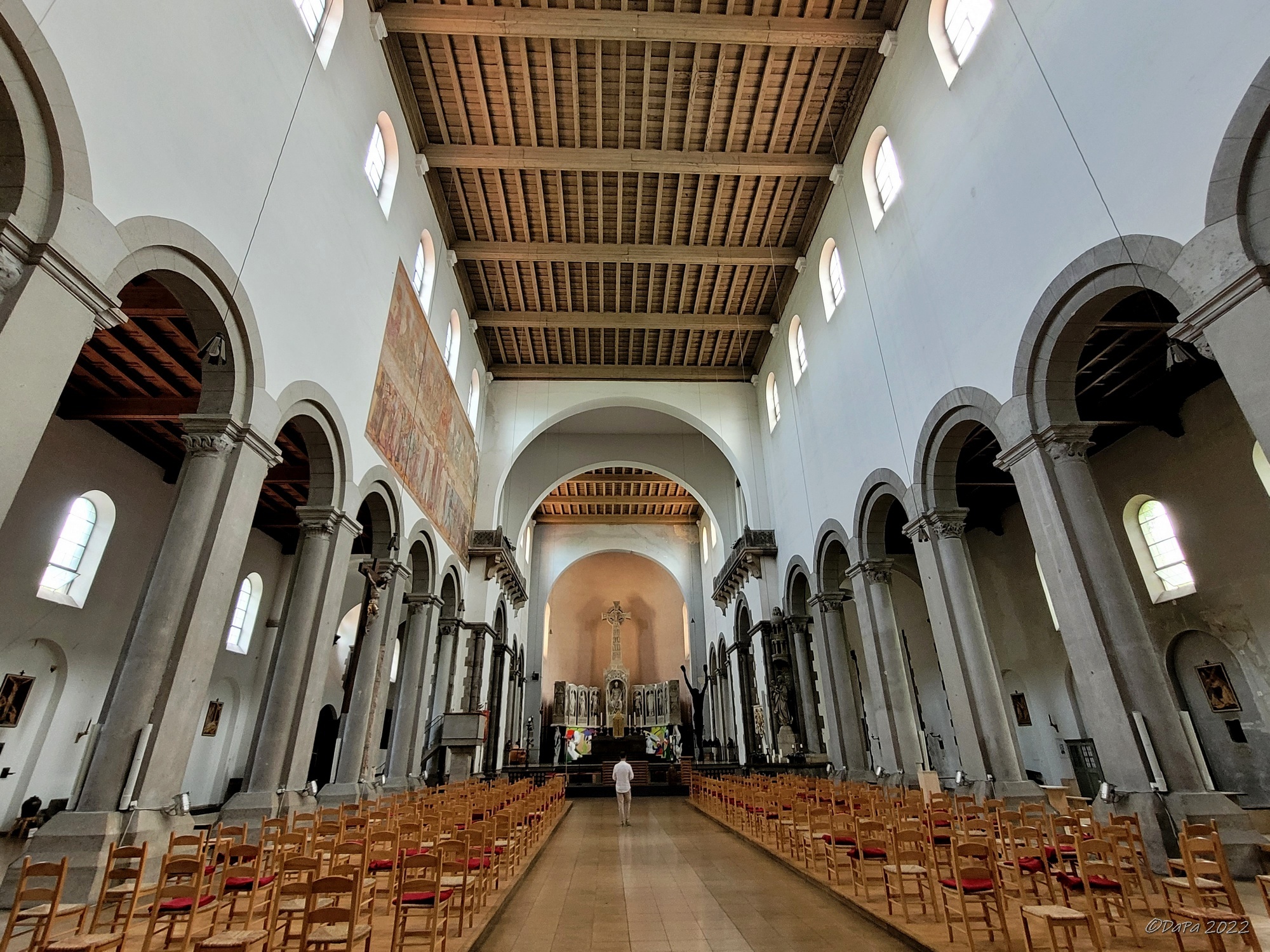


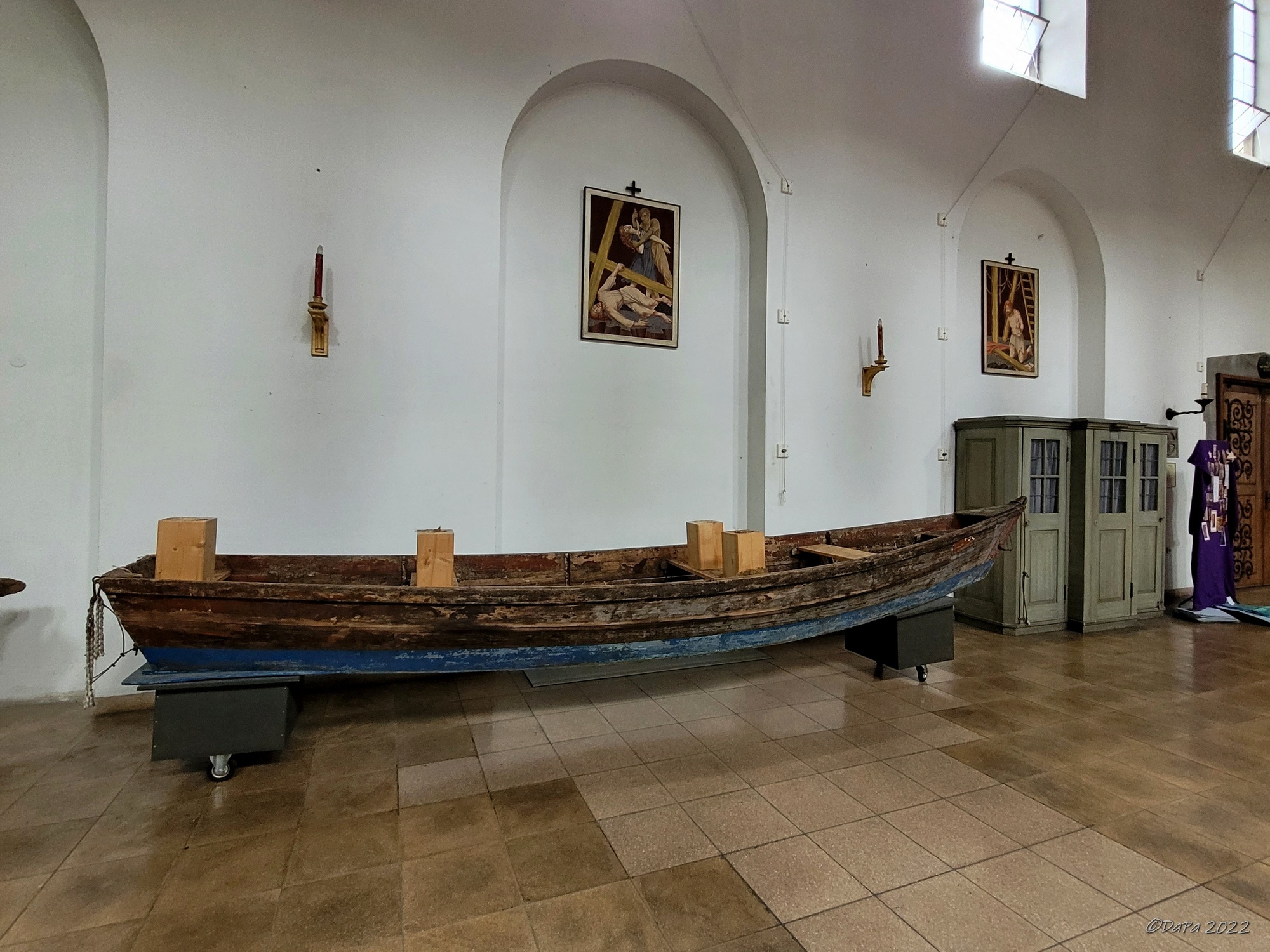
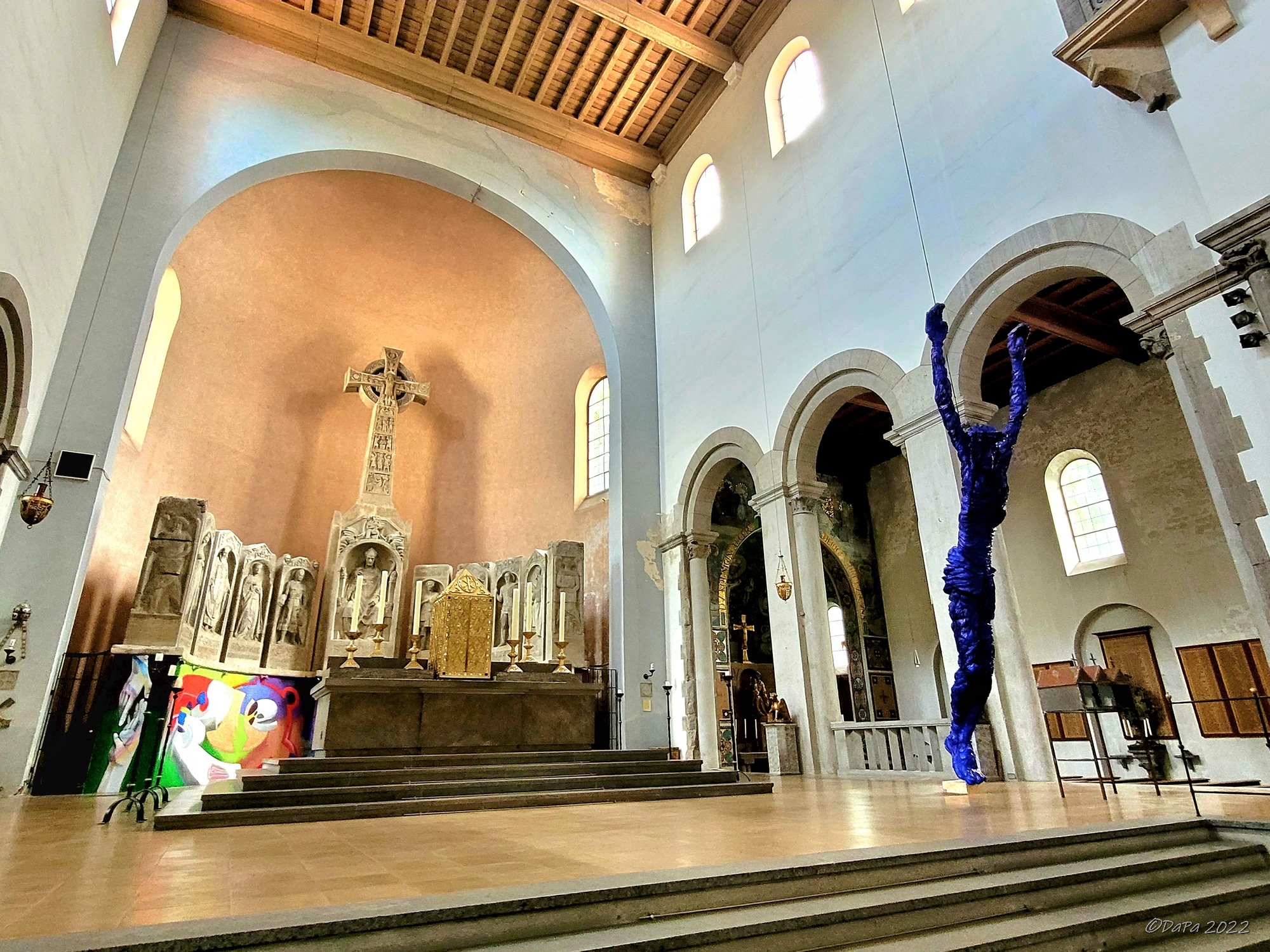





St Michael’s church is a Renaissance Jesuit church, dating from the 16th century, built between 1583 and 1597. The facade contains statues of the earlier rulers of Bavaria from the Wittelsbach dynasty, arranged in the form of a family tree. The crypt contains many tombs of Bavarian rulers, including Ludwig II.

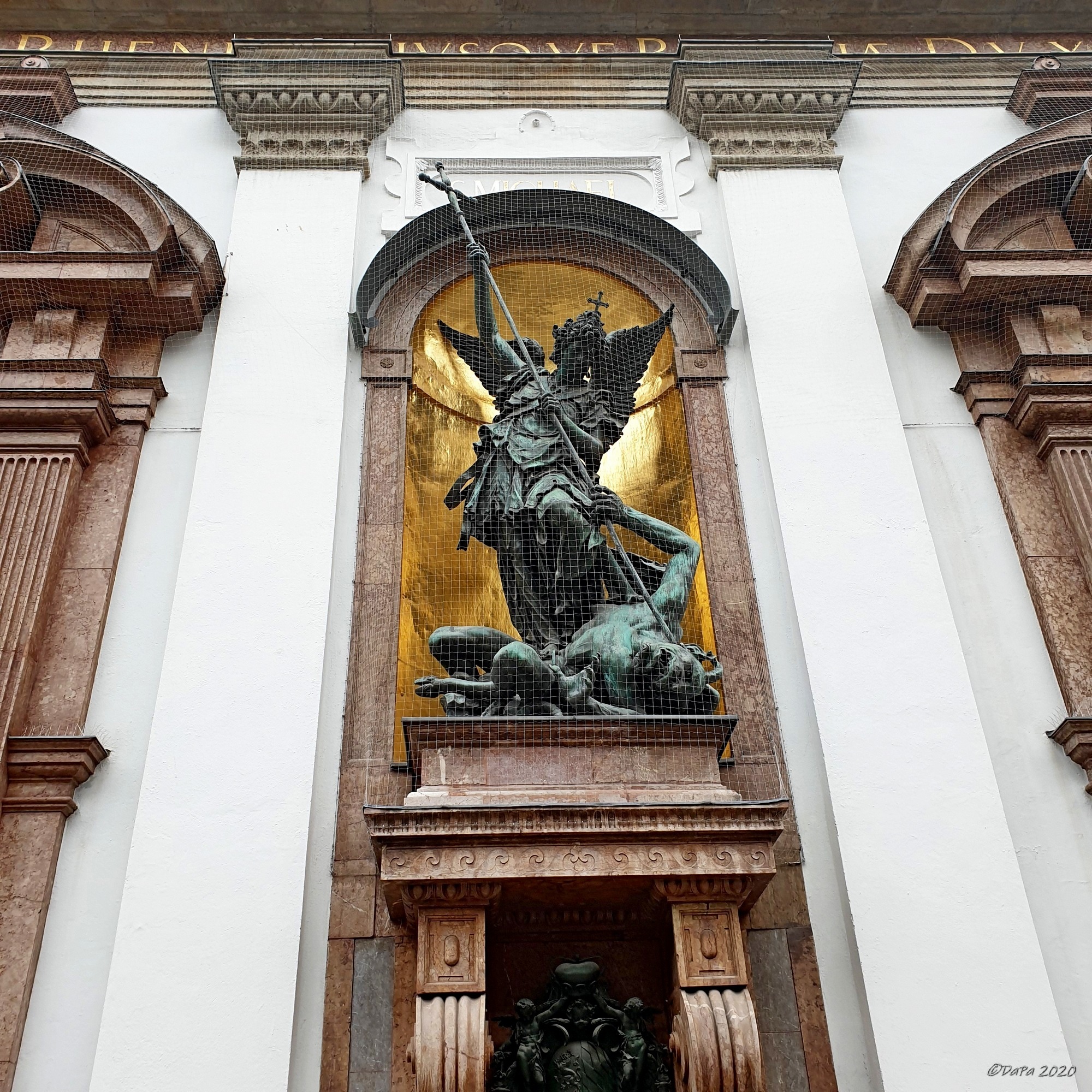




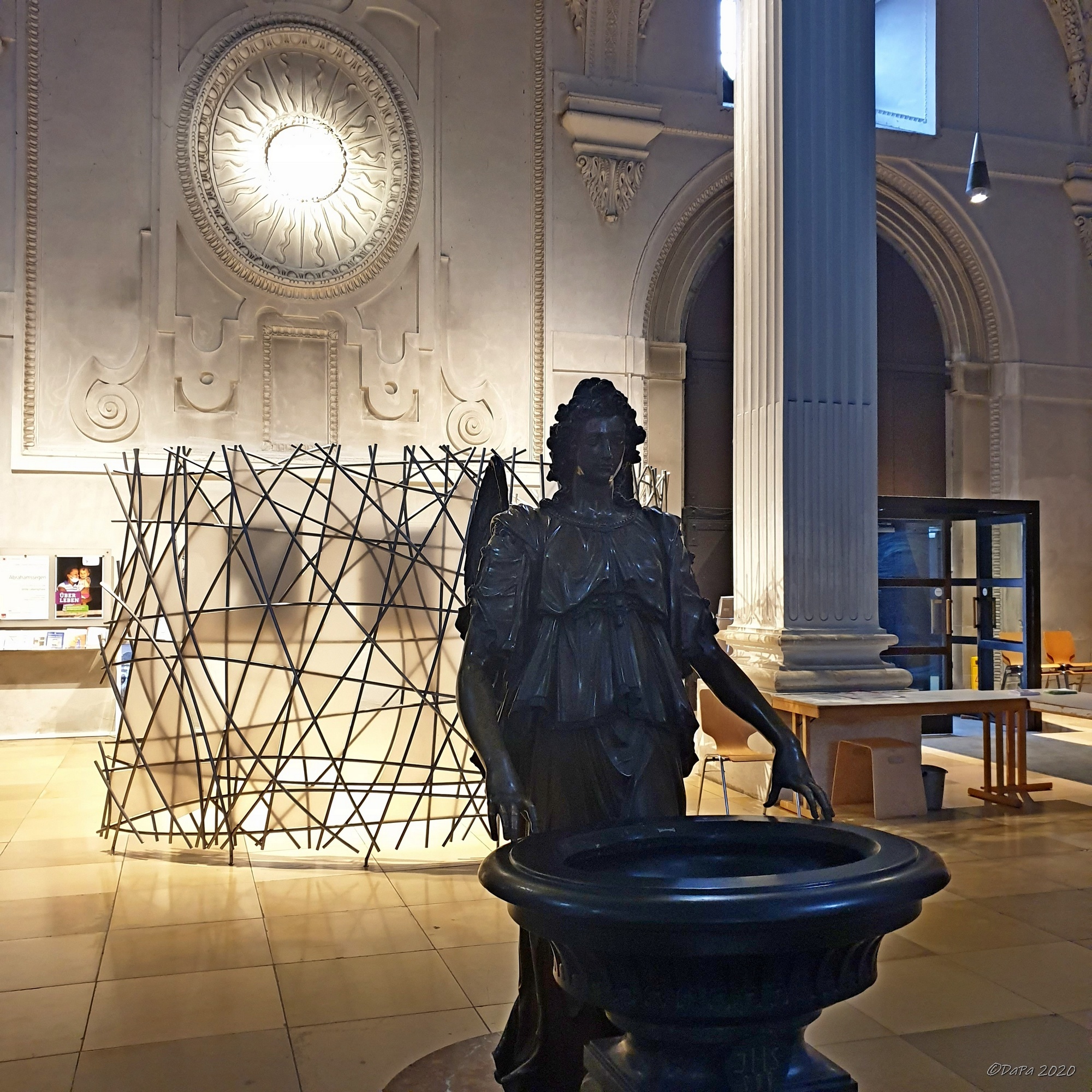









St Joseph’s church is a Neo-Baroque church in Josephsplatz, Maxvorstadt, built between 1897-1902 based on the design by architect Hans Schurr.






St Benno is a Catholic church located in Maxvorstadt, close to Stiglmaierplatz. It is quite imposing even though it is embedded within a residential area. I did not expect it to be so nice inside (and cold!). It has very interesting Italian and Byzantine features. It was built from 1888 to 1895 in a Neo-Romanesque style based on designs by architect Leonhard Romeis.










